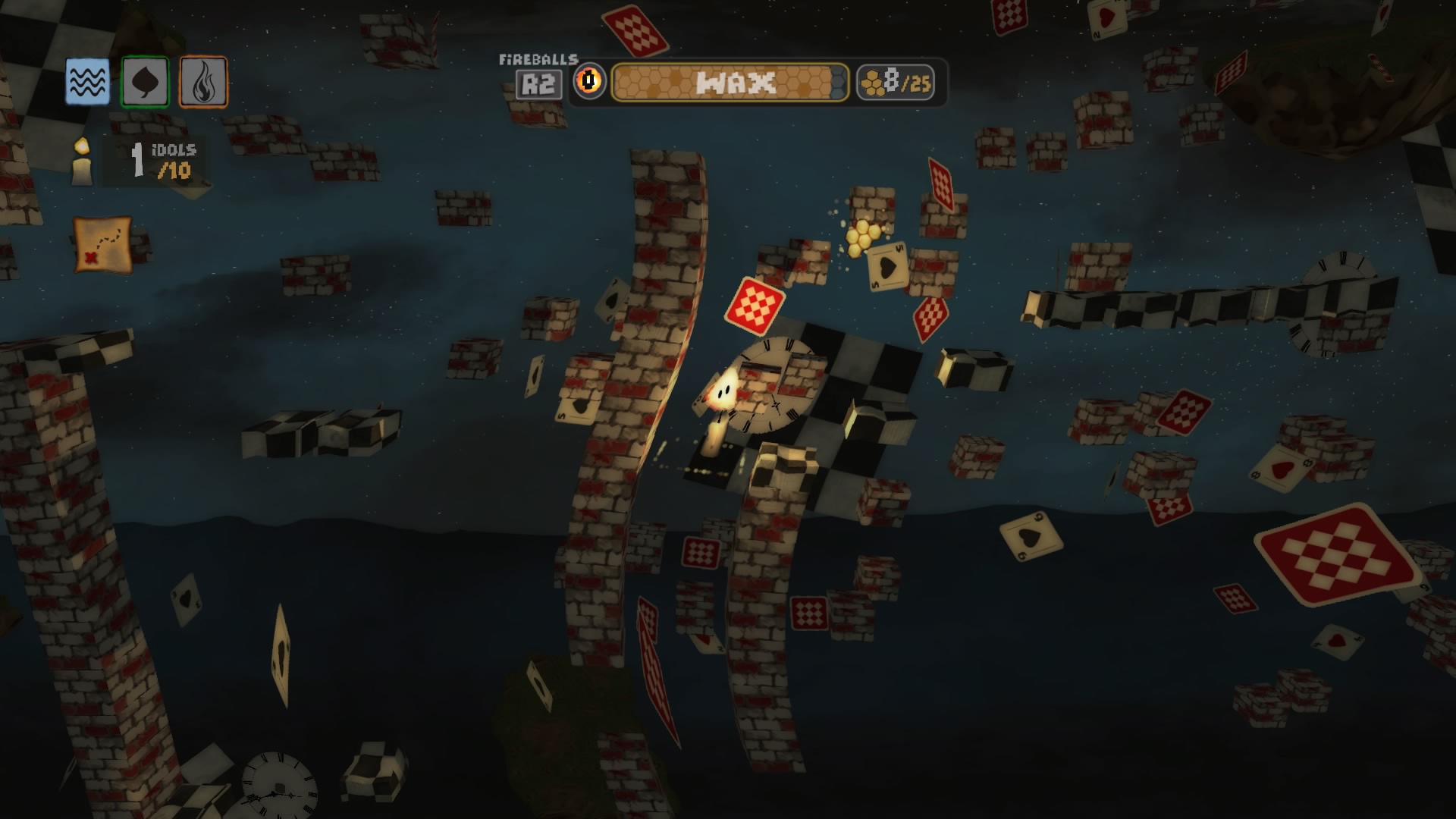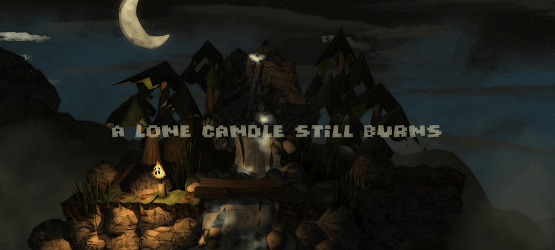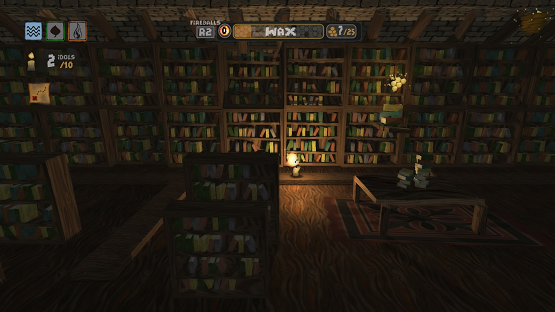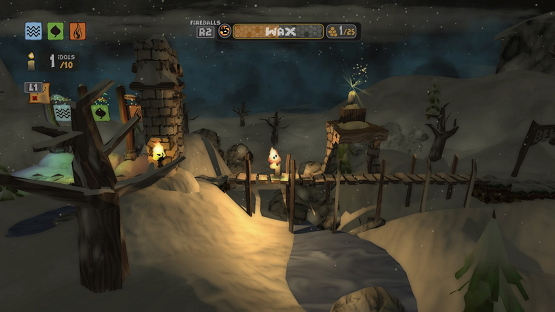Some games are made by hundreds of people, some games are made by just a few people, and some are entirely crafted by one person. Candlelight is one such game, completely developed by Rod Moye, the sole developer for Pixel Maverick Games. When all the candles in the world are extinguished by the smoke monster, it’s up to the lone remaining candle to journey across the land, reigniting the flame of the lost candles as he or she goes.
Play style is very similar to classic Nintendo side-scrolling platformers, with simple mechanics like double jumping to traverse the levels and a fireball power up to defeat enemies, ignite barrels, and get into secret areas. Each of the 15 levels requires you to visit three elemental temples — earth, water, and fire — to light candles and open the final door to the candle that completes the level. Along the way there are optional candle shrines that act as collectibles, and when five of those are lit, a secret area in the level opens up with additional collectibles.
The candle’s health is determined by the amount of wax that you have left, which goes down over time as well as when getting hit by things like wind gusts or rain. This mechanic never gave the sense of timed urgency to the levels, and hazards rarely did enough damage to truly be worried about not getting to the next checkpoint before the wax ran out. My platforming and “avoiding” hazards quickly became sloppy as I realized that there was very little risk to stressing about losing health. This is in sheer opposition to Mario’s mechanics of only being able to take one or two hits before dying, which causes you to carefully think about the platforming and hazards you face.
Candlelight could be compared to Metroidvania style games as well, especially given the health bar and open layout of some of the stages that require a bit of back tracking or vertical movement to reach all of the collectibles, but it never quite reaches the complex level of power ups, epic boss fights, and level exploration that games like Axiom Verge have done so exceptionally well. Instead it straddles a line between the two genres of side-scrollers, never firmly planting itself on either side.
Straddling the Line
This is a theme that plays out a lot across all of Candlelight’s 15 levels — an amalgamation of great ideas and interesting mechanics, but never fully developing or realizing any of them in a meaningful way. Certain ideas seem tossed into the mix in such a way that it feels like they were just a cool idea to add, instead of teaching the player the basics and then building the mechanics to become calculatingly more complex.
Take each of the levels’ three temples for example. Some are short, requiring literally a single jump over an obstacle to reach the end, while others are massive ordeals with complex platforming and precise timing required. The differences are scattered throughout, again not building up in complexity, but seemingly randomly having some temples be difficult to traverse and some — even near the very end — be as simple as those in the opening level.
In the final level, a whole new element is added literally as you are on your way to the final boss fight (electricity that reverses your controls). Never did I think “what have I learned up until this point and how can I apply it to the challenge ahead of me?” It’s not to say that any of the mechanics were bad in any way. Some of them were quite interesting and challenging, but the game fails to use those challenges as teaching moments for the player.
Playing through Candlelight, it’s quite obvious that Moye is a geek at heart and is inspired by many things in pop culture media. There are both subtle and overt references to LOST, Alice in Wonderland, Indiana Jones, and more that I’m sure I didn’t even catch. This ranges from Easter eggs like LOST’s 108 minute countdown timer in one level to an entire bizarre playing card inspired level that is “down the rabbit hole” in another. To get to these far more interesting level designs however, you’ll have to make it through a relatively uninspired first half of the game in which a lot of the levels feel overly the same, walking through the muted colors of dark forests and mountainous areas.
A Faint Glow
Part of the unique charm of Candlelight is in the lighting of the main character, as the candle is generally the primary source of light throughout the level. Shadows are thrown off of objects as it moves and jumps around, and the little eyes in the flame are constantly emotive, helping create a character that you can connect to a little bit more than just an anthropomorphic flaming stick of wax. Besides this, the rest of the game isn’t going to wow anyone graphically. It’s a simple design that is done well, but doesn’t really stand out.
A game must be heard as well as seen, and Candlelight’s sound design does not disappoint. Audio should be enveloping without distracting, good enough to fit in without calling attention to itself and seeming out of place. Ambient music provides a lonely soundtrack for the last lit candle in the world, and the sound effects of jumping and dashing somehow give an intimate and personal feel to the whole game.
There are high scores tallied for each level based on number of deaths, time to completion, and the collectibles, but without an online leaderboard to compare with others or trophies relating to these (100% completion can be achieved simply by finishing all levels), there is little motivation to actually try to do anything more than just get to the end. It’s a methodology that may have worked twenty years ago, but gamers now are demanding bragging rights or rewards for tasks that may otherwise appear to be menial.
Candlelight is a lot of great and fun ideas that feel more disjointed than cohesive. Rather than teach the player or provide a challenge, it throws things at you as if to say “hey, check this cool thing out,” without utilizing that mechanic as a lesson to overcome future challenges, instead getting redundant by often falling back on very basic platforming in the later levels. A bit more thought out design could have made Candlelight shine its own candle as an indie gem, but as it stands, the enjoyment waxes and wanes as little more than a testament to a bunch of pretty cool ideas that the developer had.
Candlelight review code provided by developer. For more information on scoring, please read our Review Policy here.
-
Some intriguing mechanics and ideas
-
This whole thing was designed and built by one person
-
Intimate sound design
-
Imblanced introduction of ideas doesn't develop into increasing complexity
-
Doesn't offer teaching moments for overcoming future challenges
-
Mechanics and ideas feel more like a highlight reel than constructive game design
Candlelight review
-
Candlelight Review
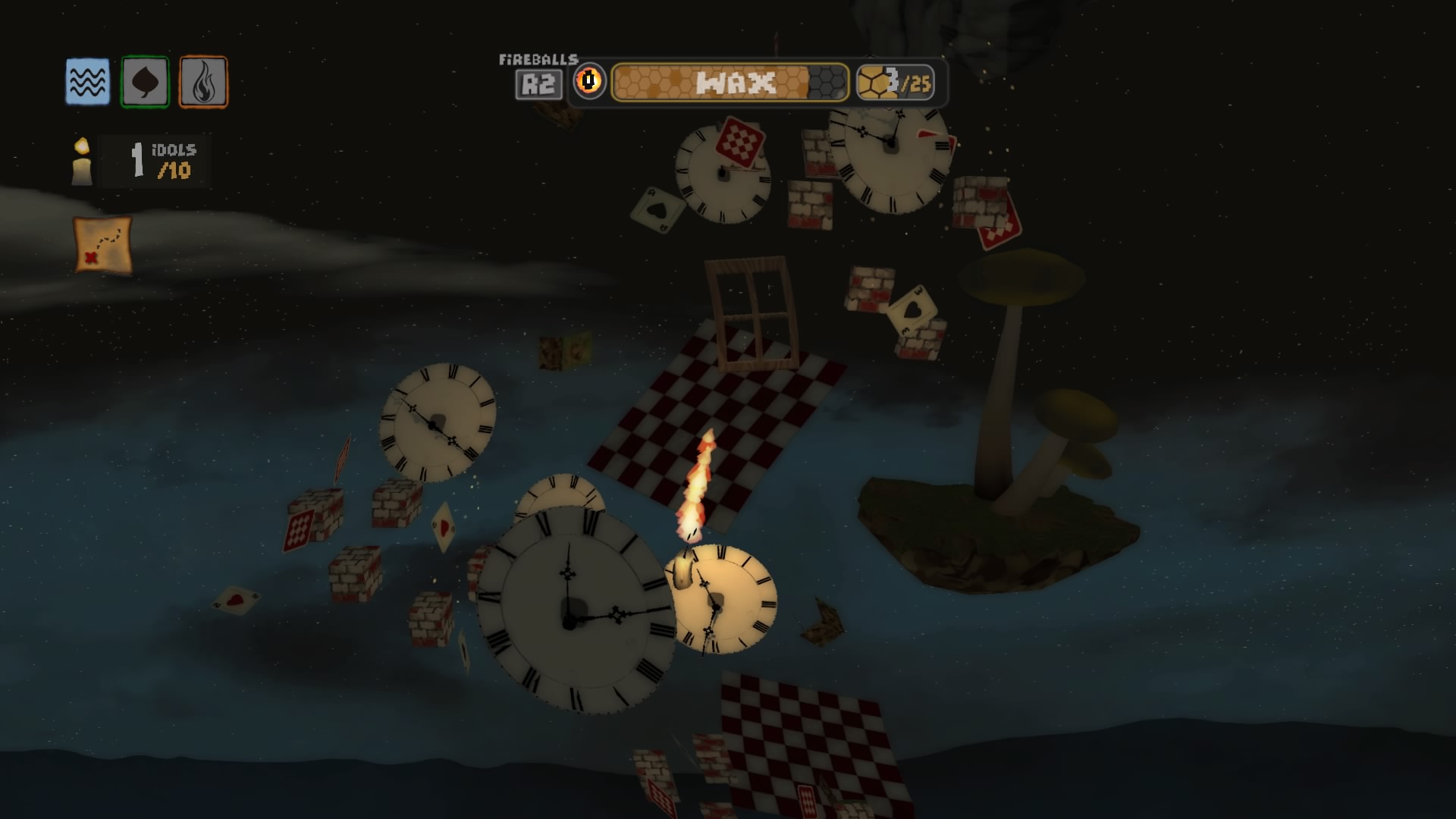
-
Candlelight Review
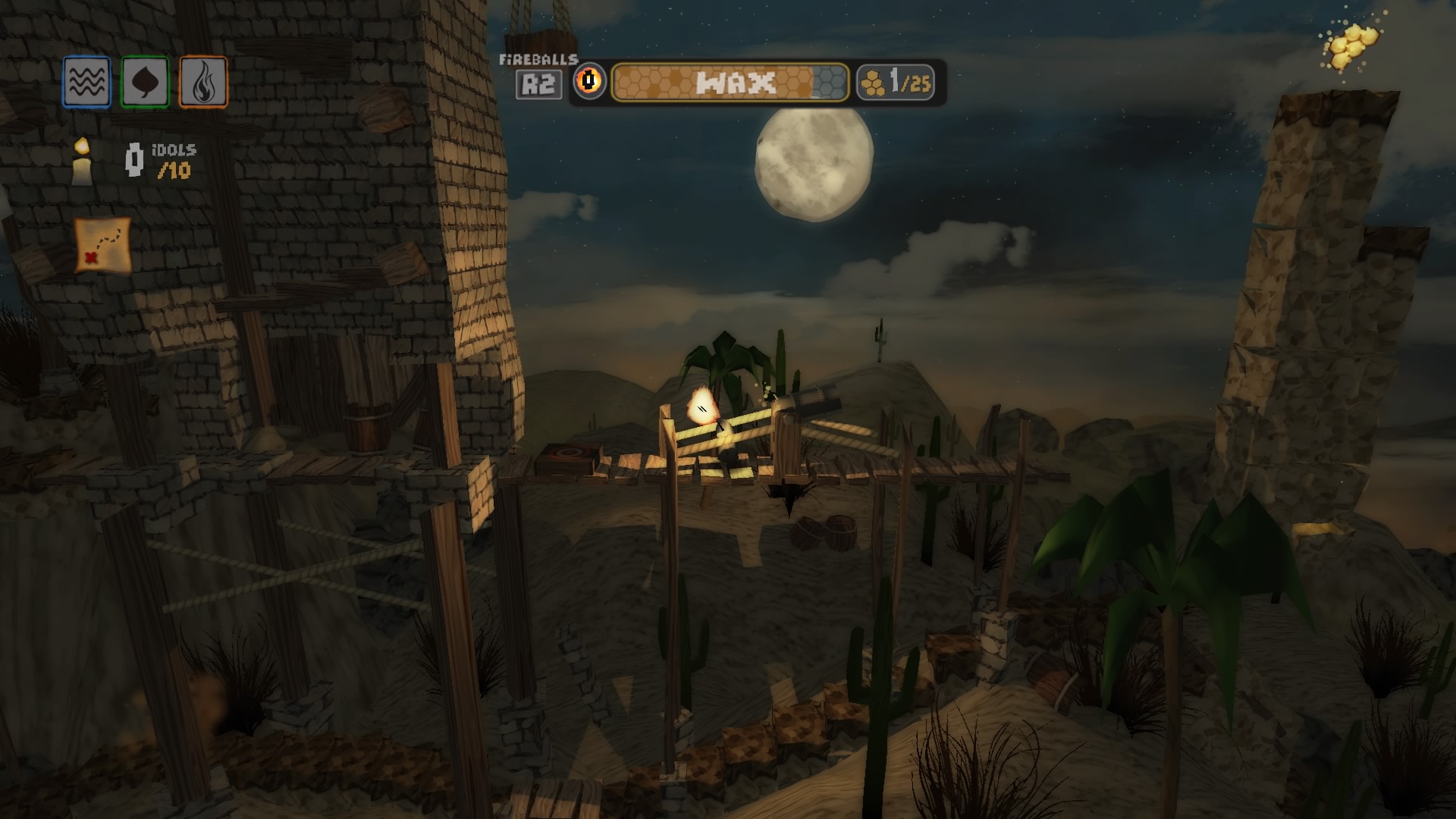
-
Candlelight Review
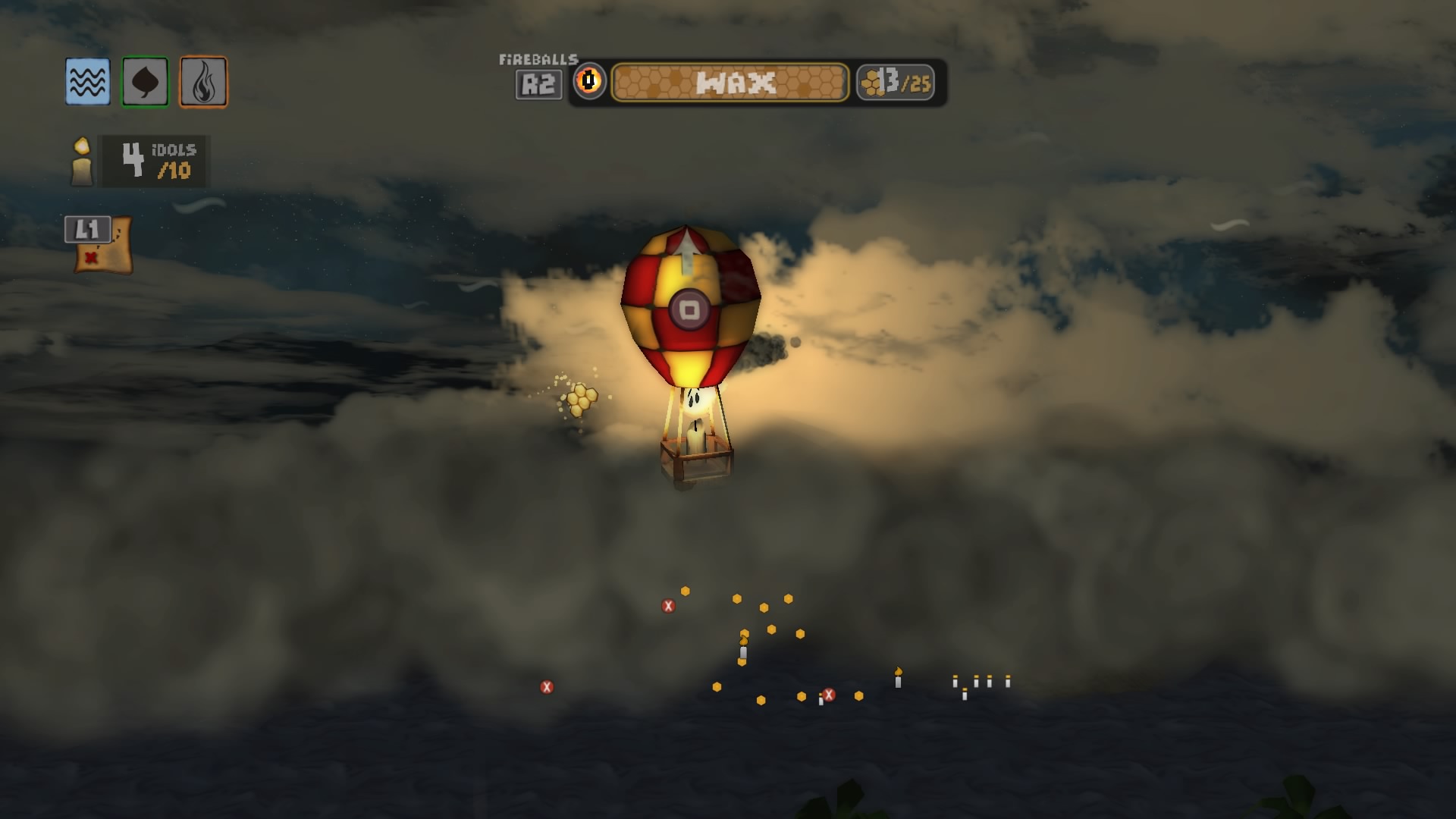
-
Candlelight Review
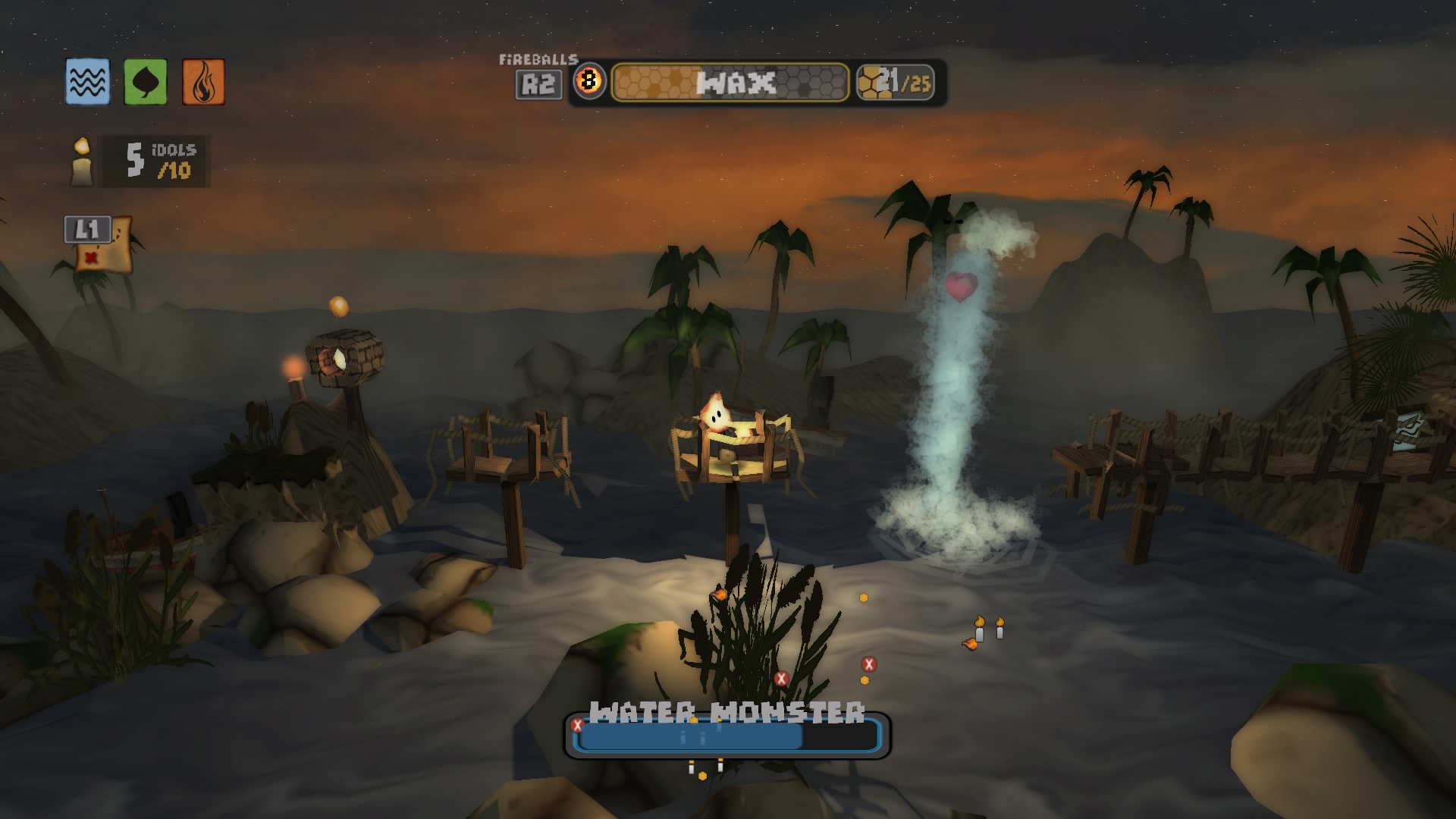
-
Candlelight Review
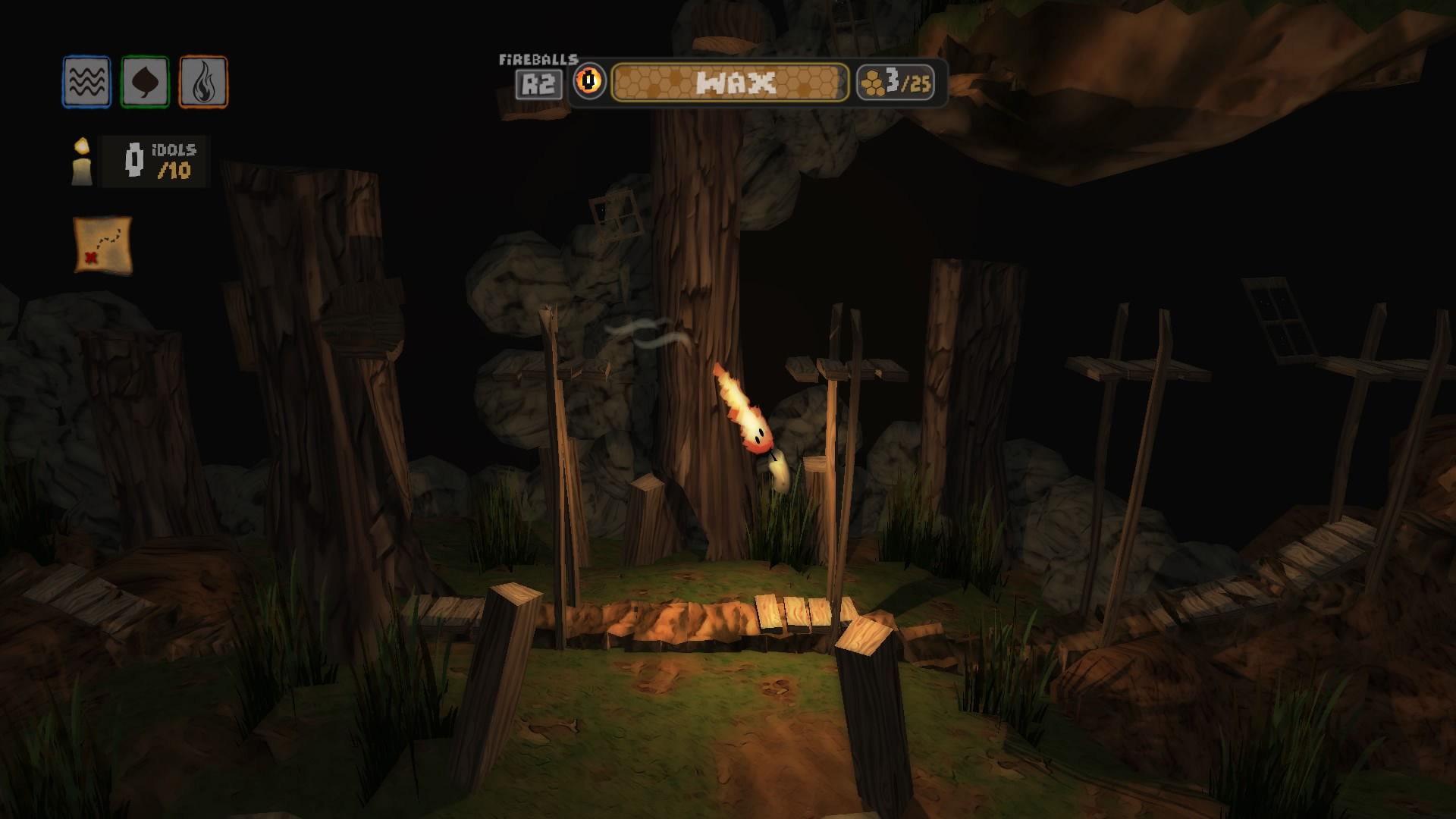
-
Candlelight Review
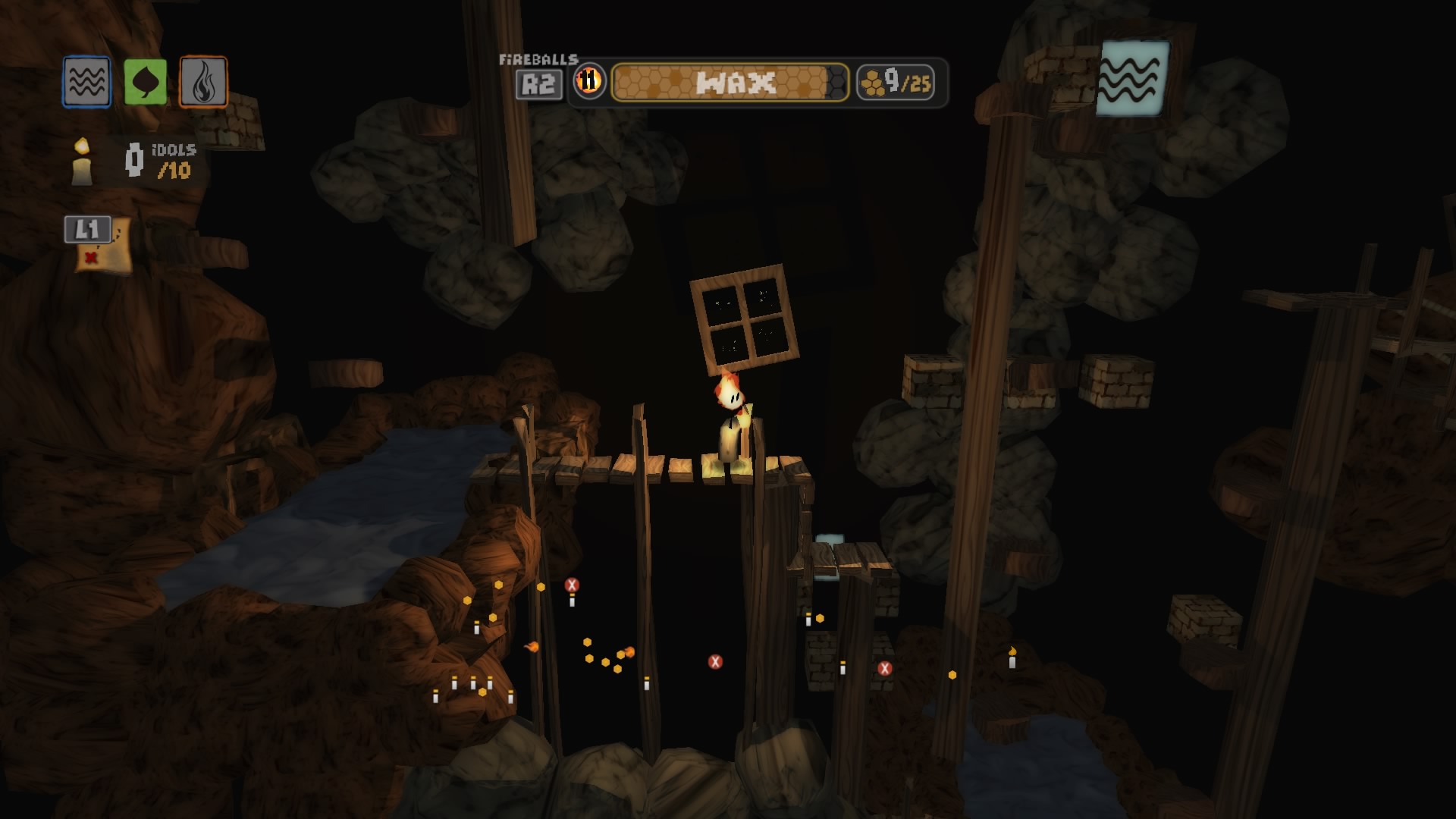
-
Candlelight Review
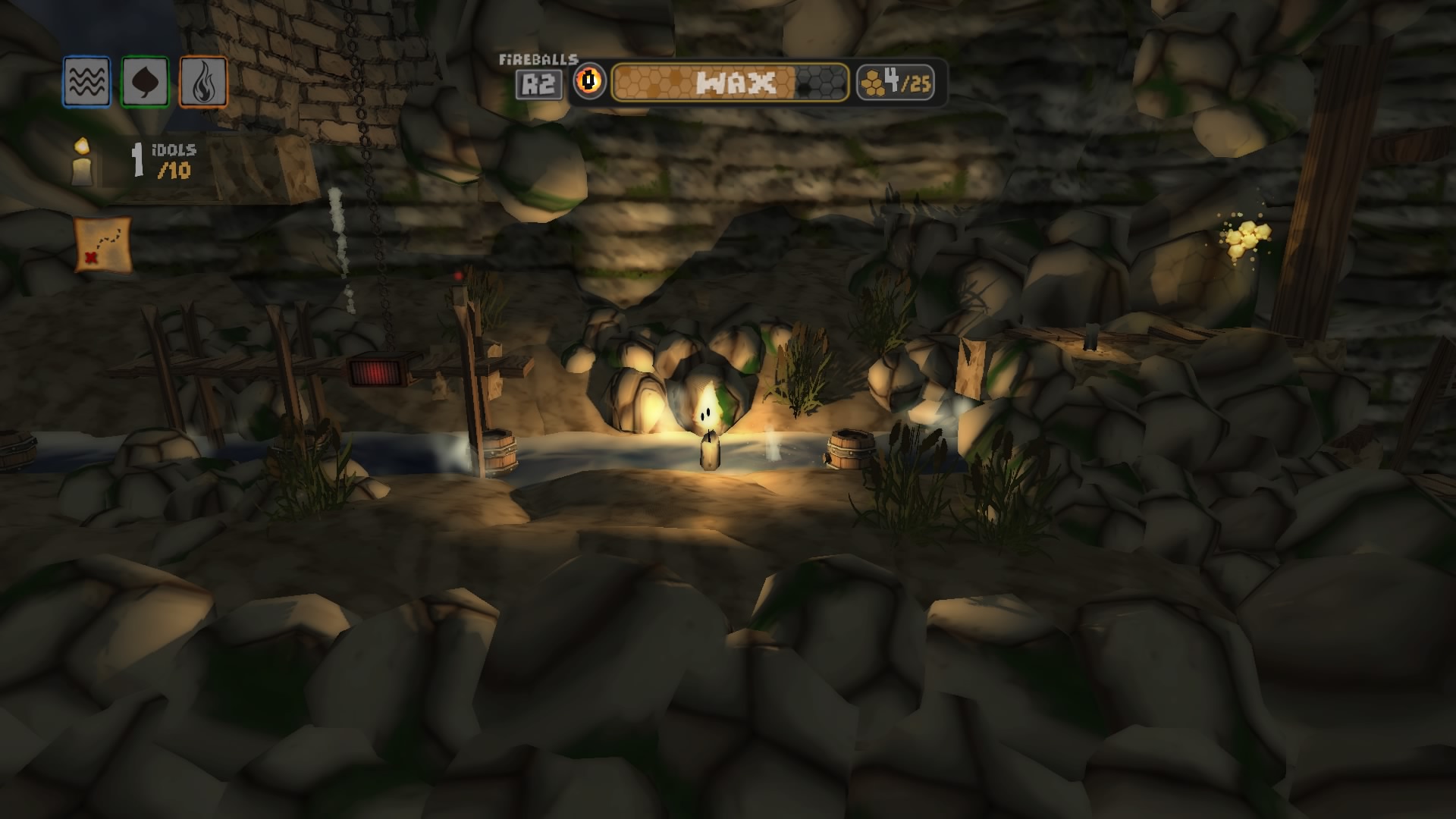
-
Candlelight Review
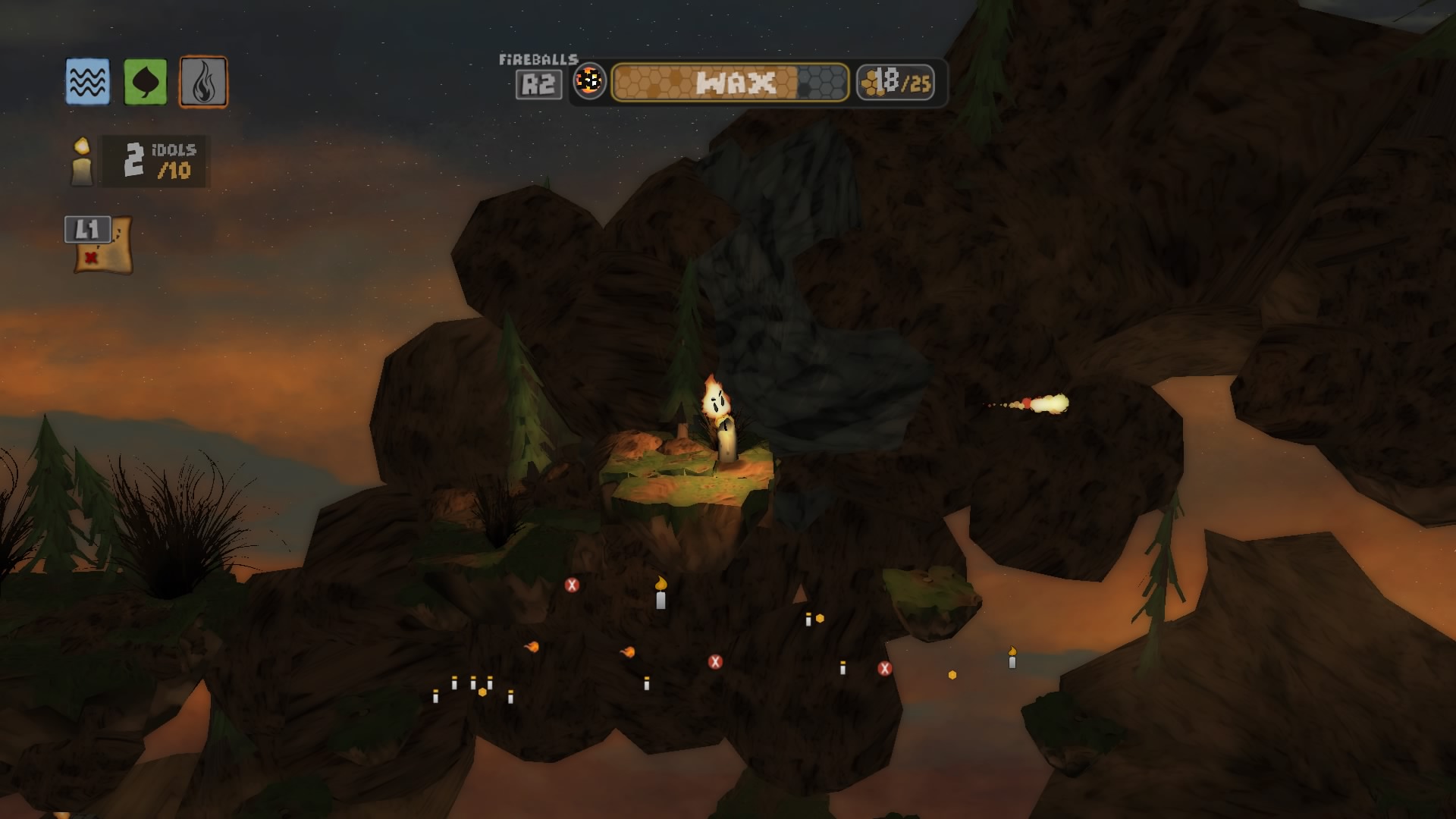
-
Candlelight Review
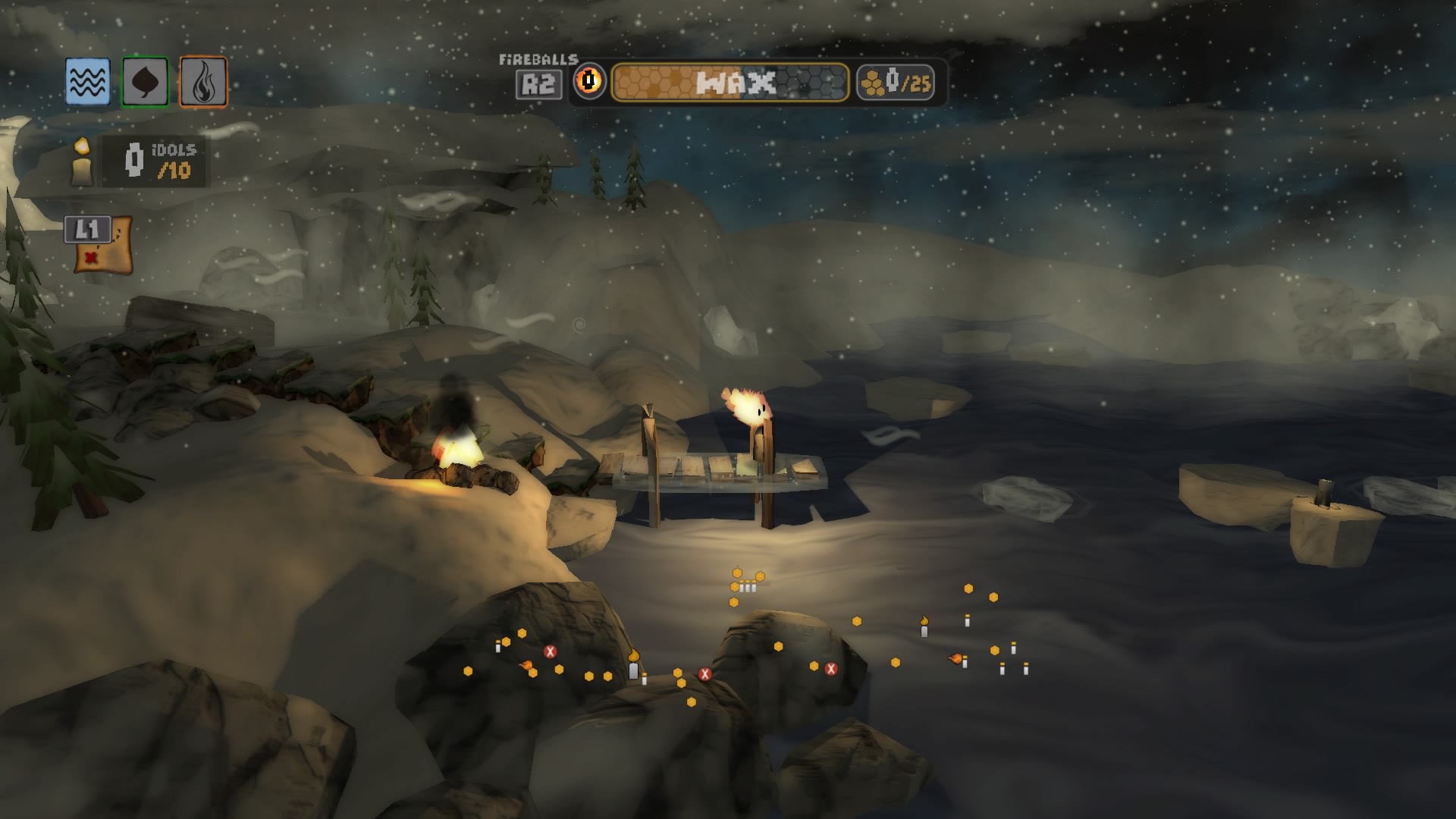
-
Candlelight Review
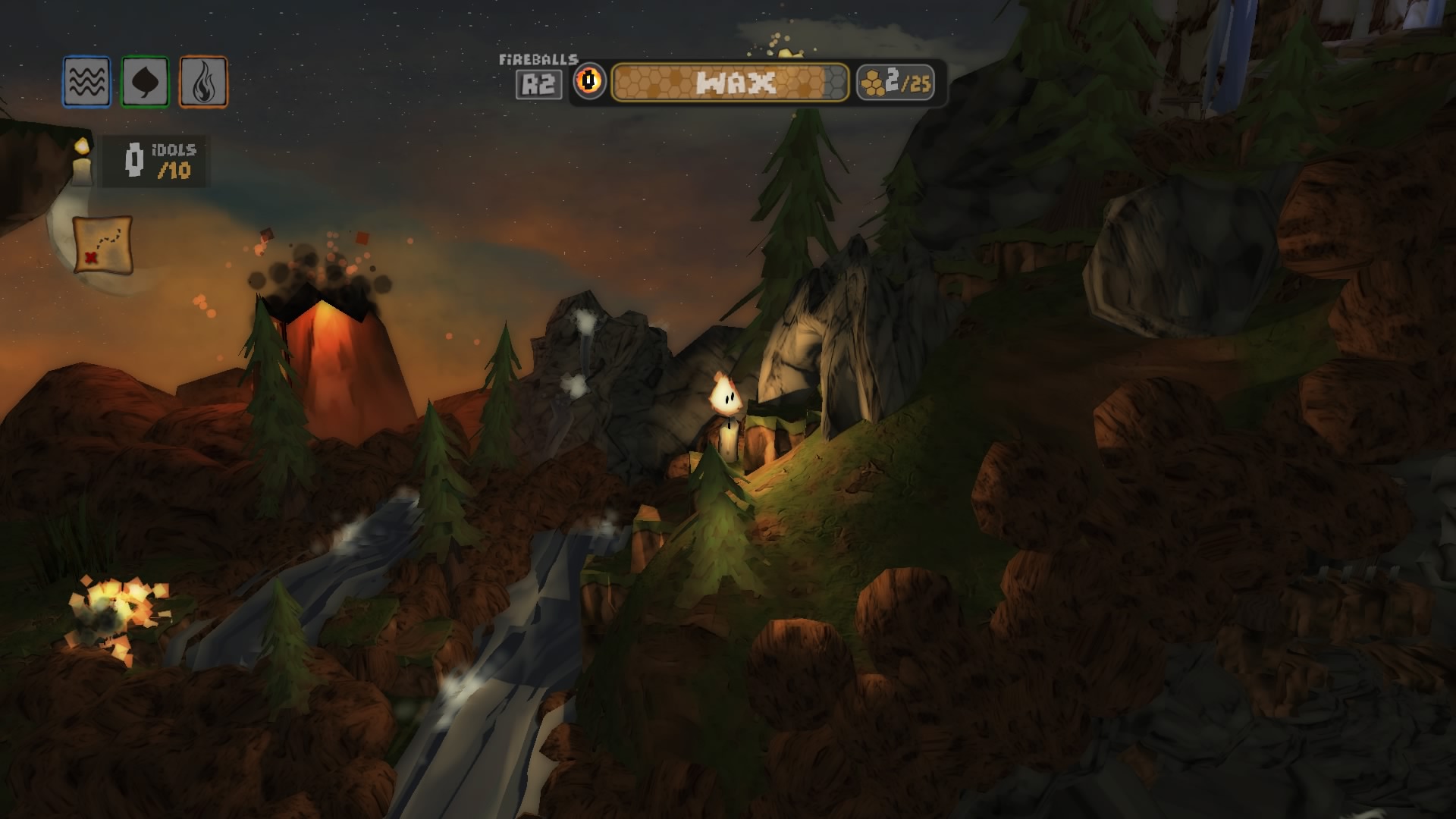
-
Candlelight Review
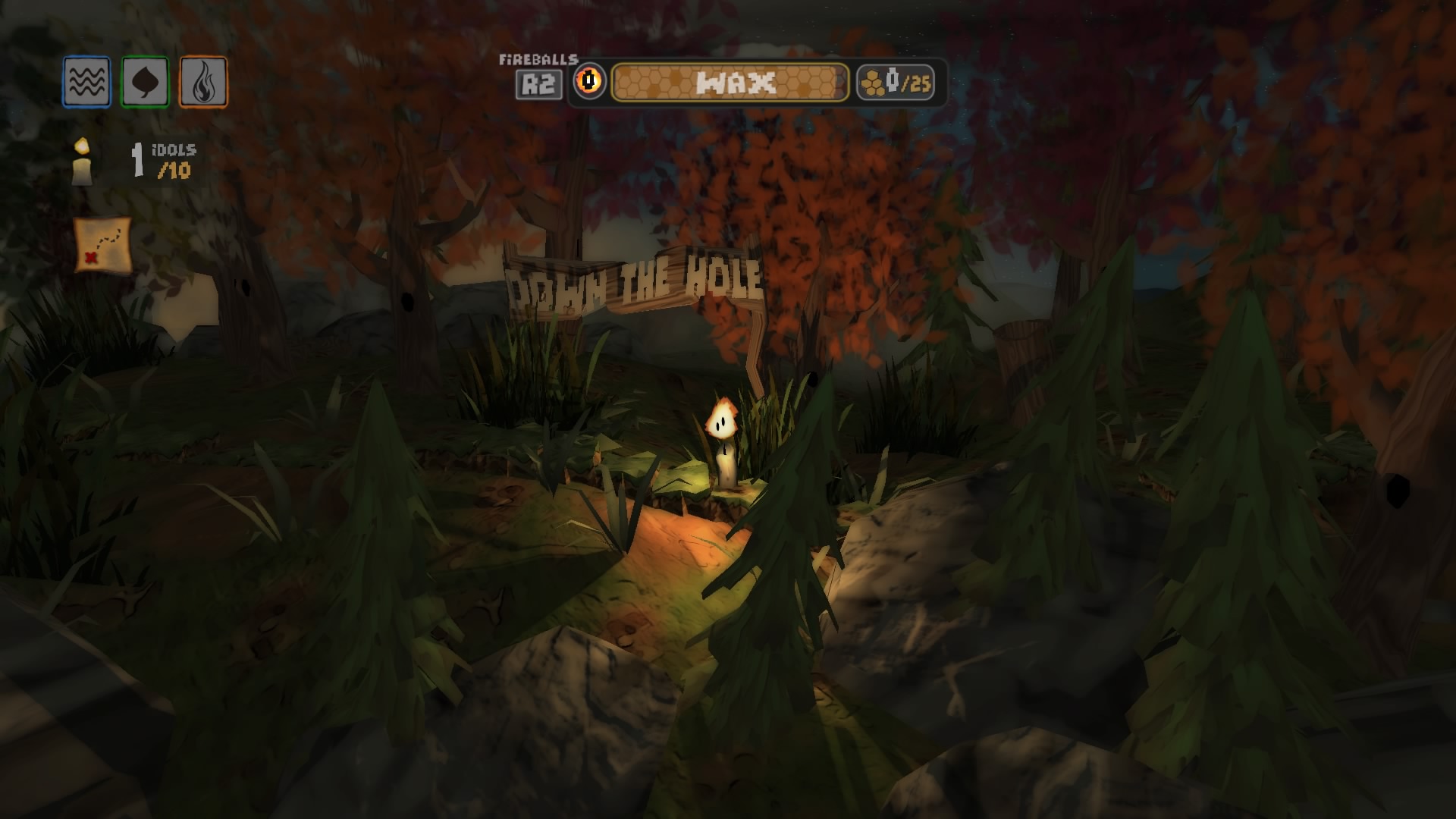
-
Candlelight Review
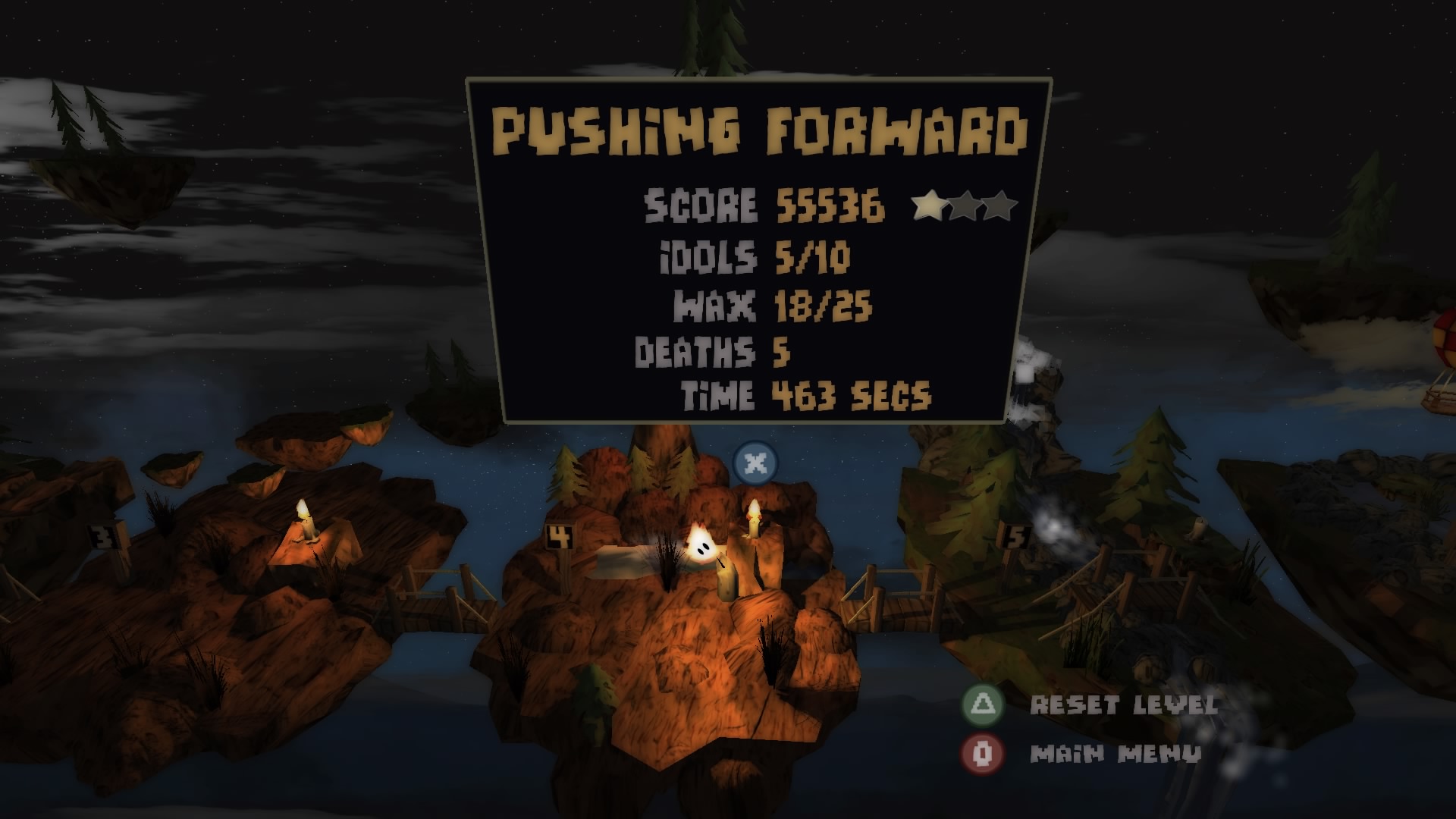
-
Candlelight Review
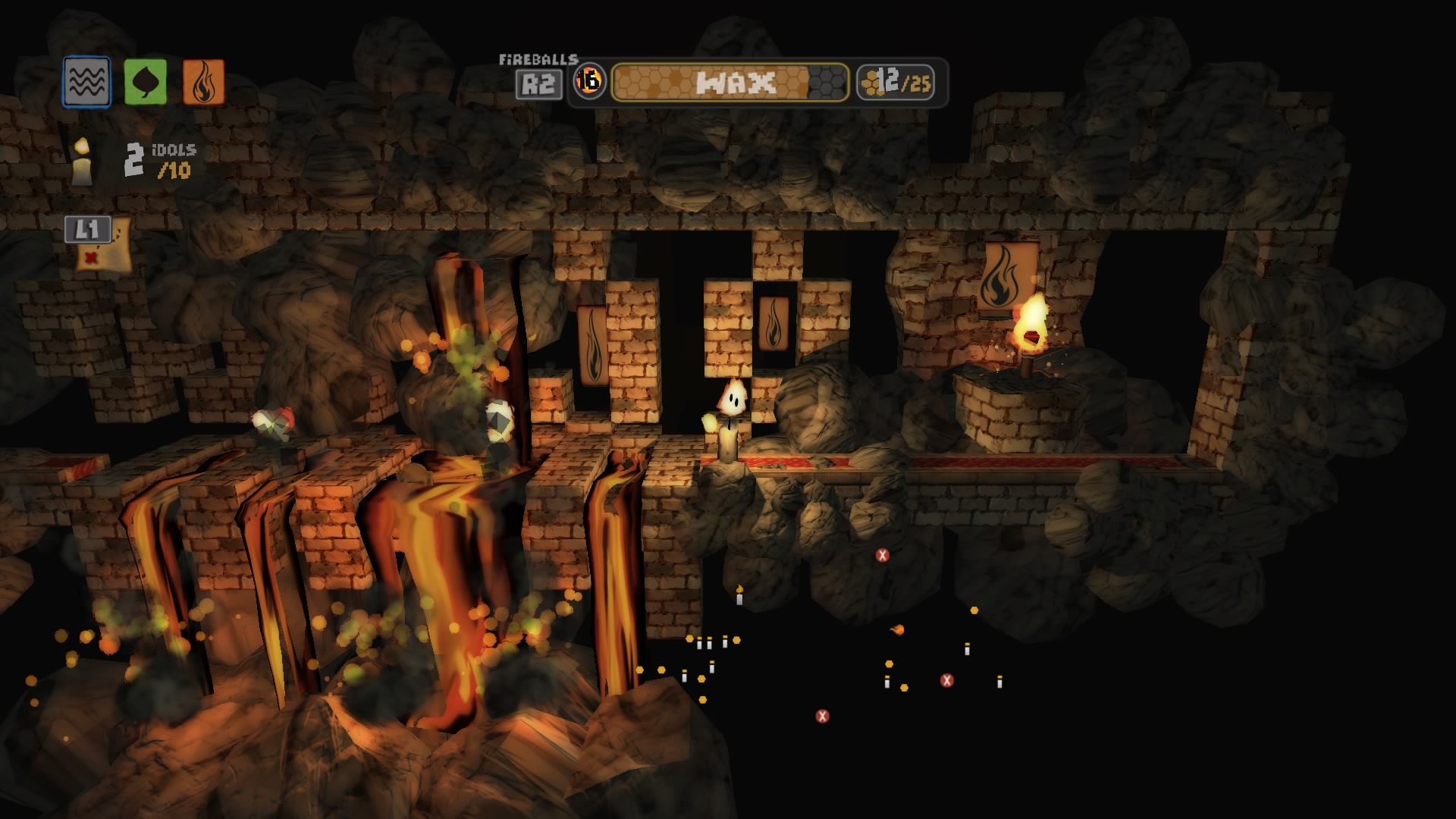
-
Candlelight Review
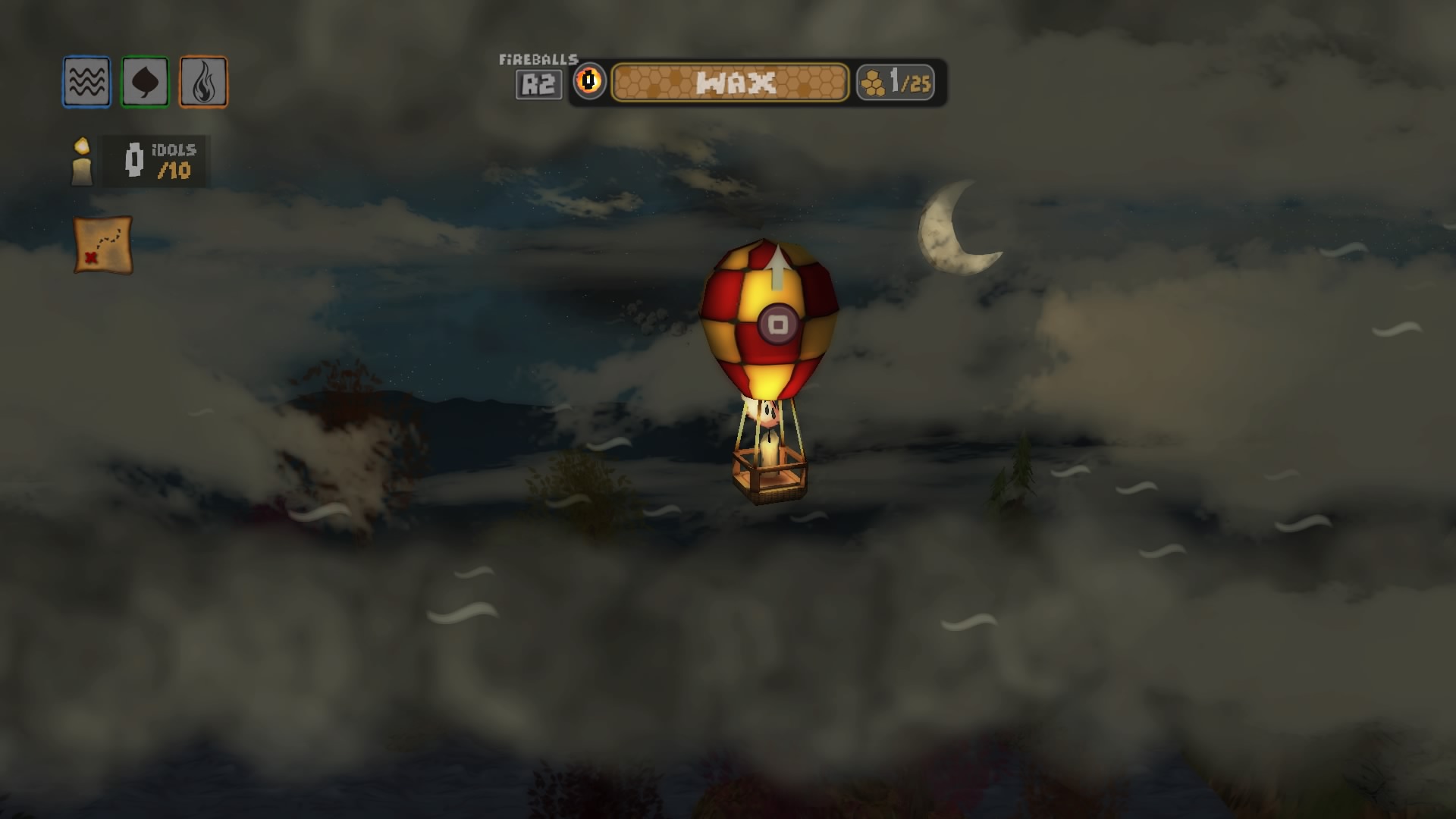
-
Candlelight Review
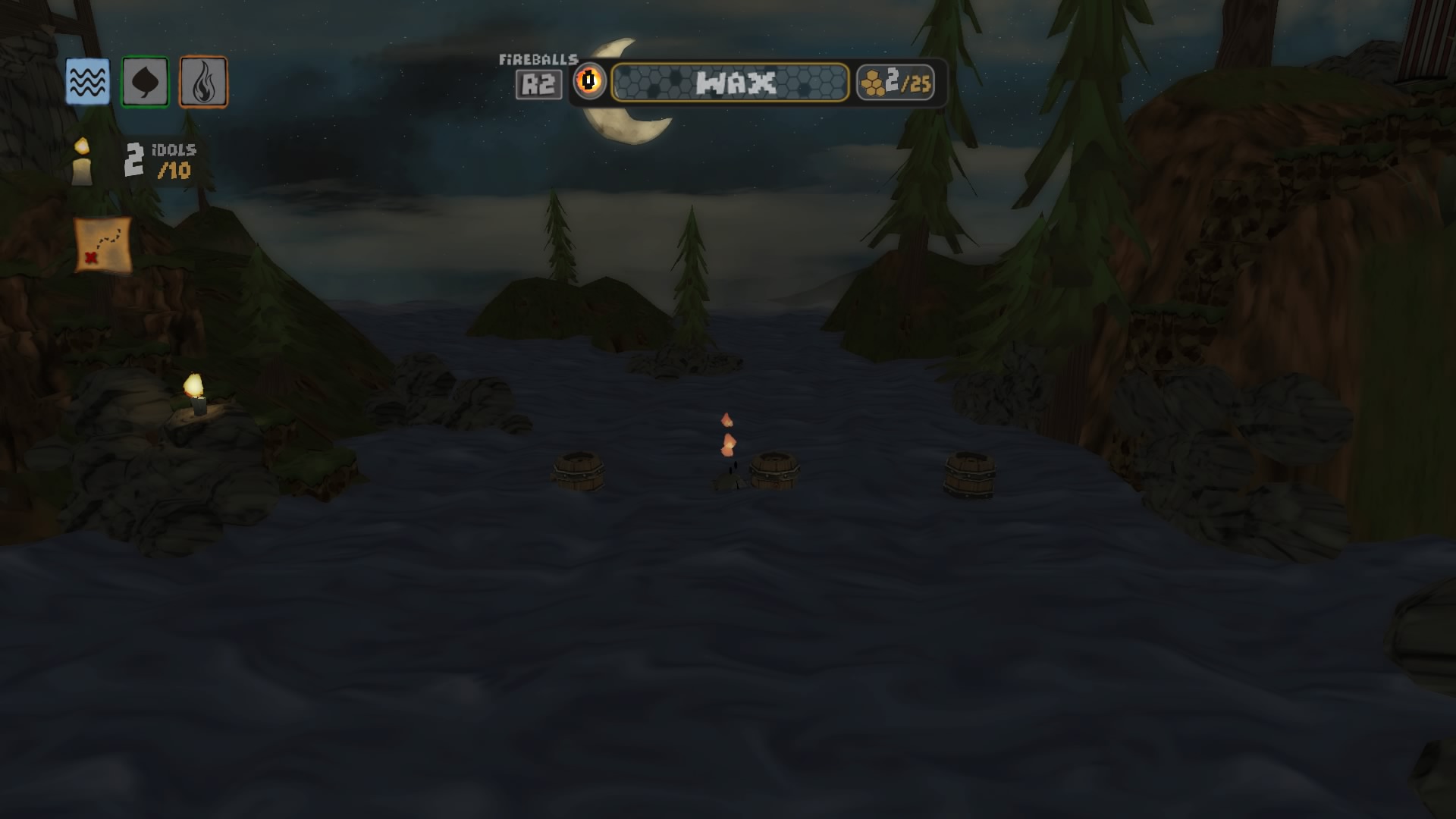
-
Candlelight Review
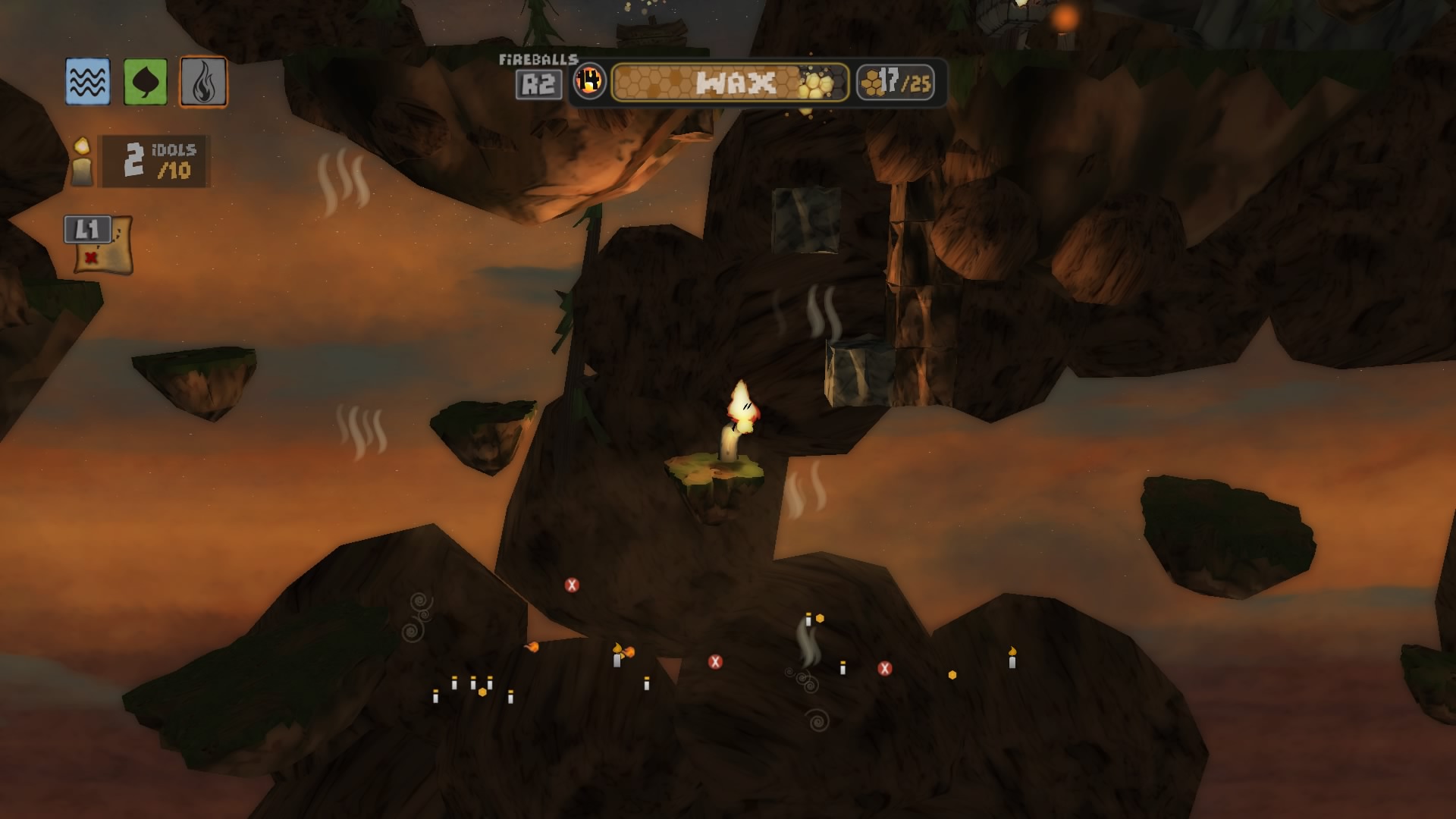
-
Candlelight Review
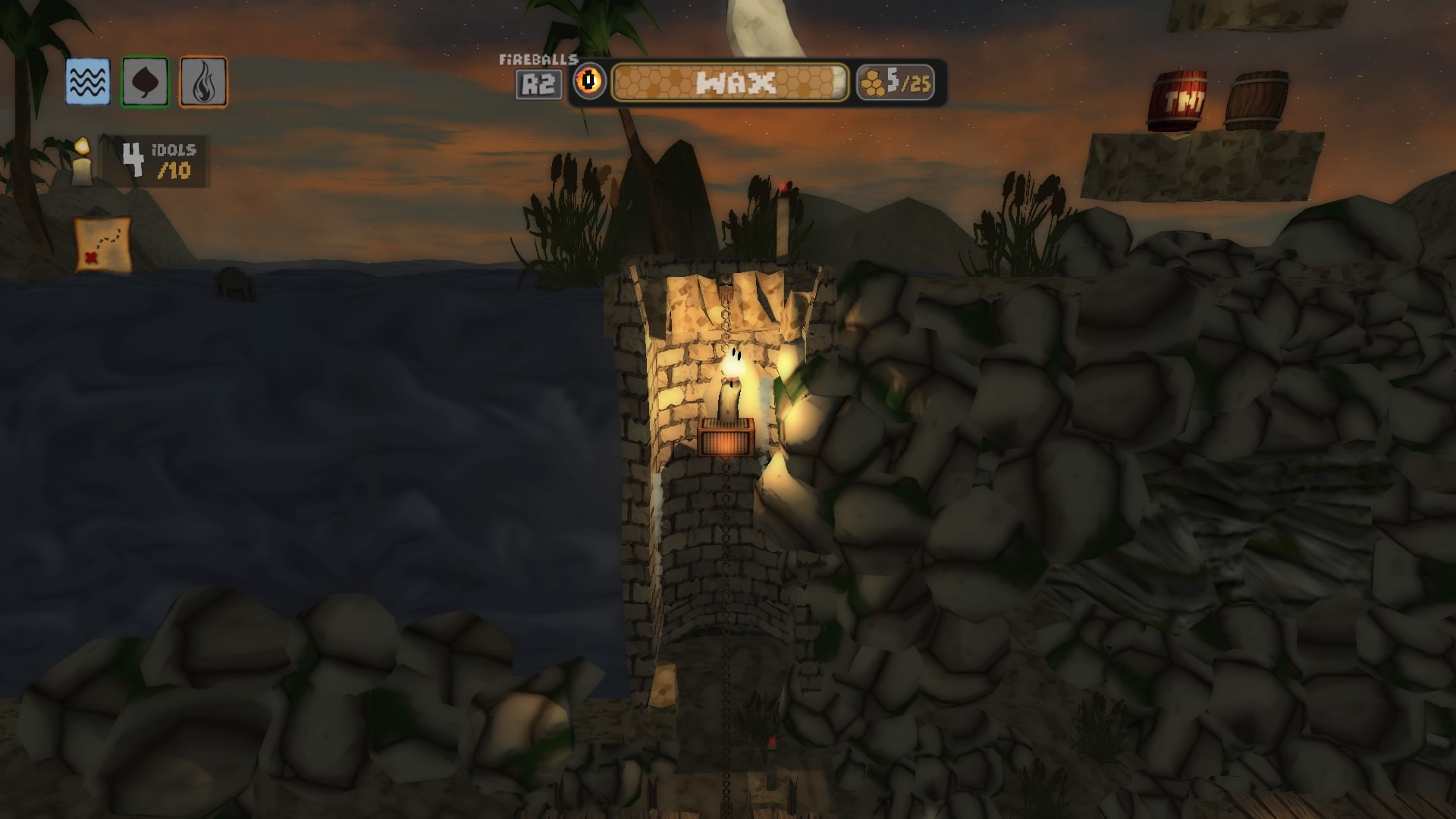
-
Candlelight Review
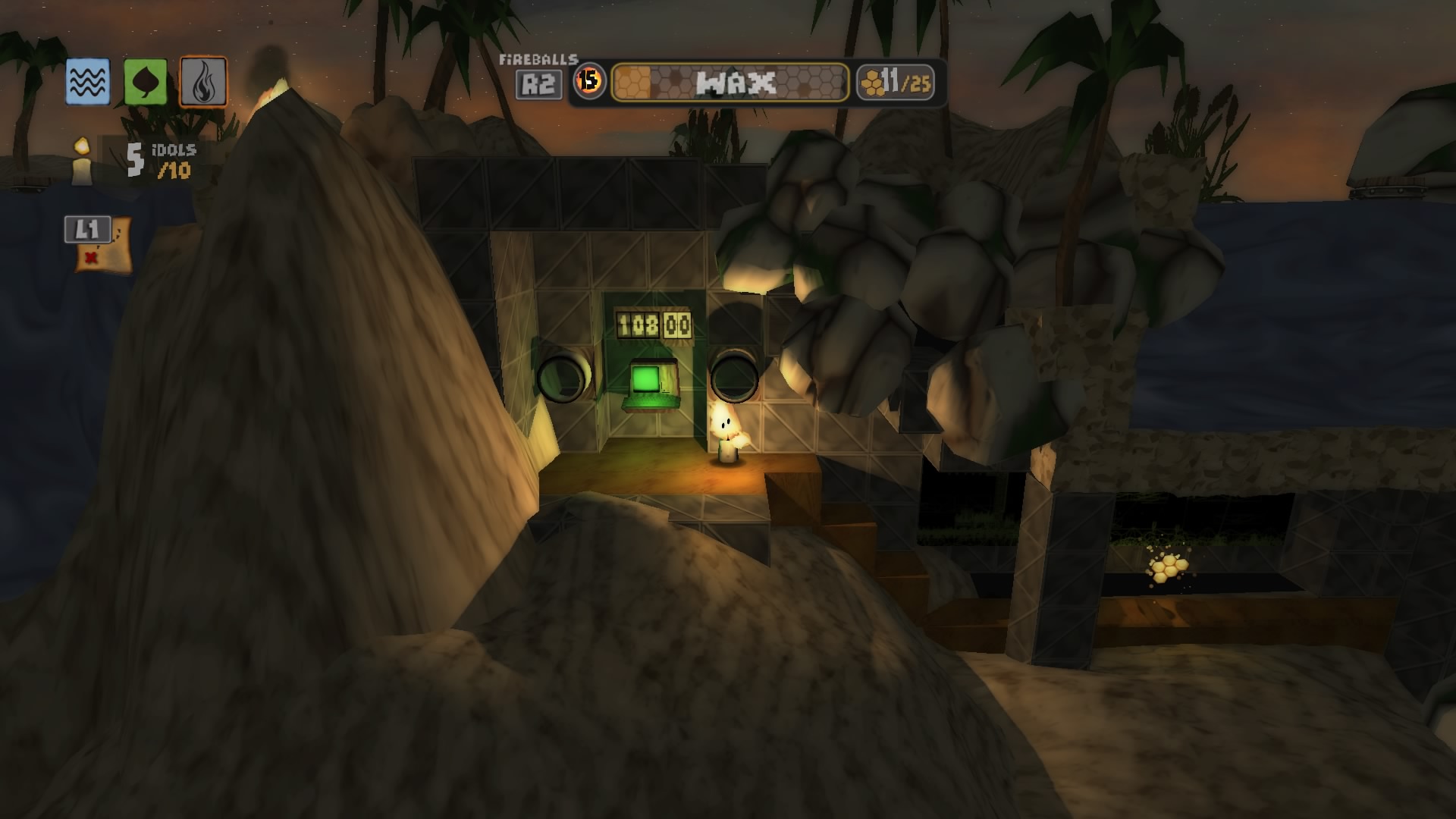
-
Candlelight Review
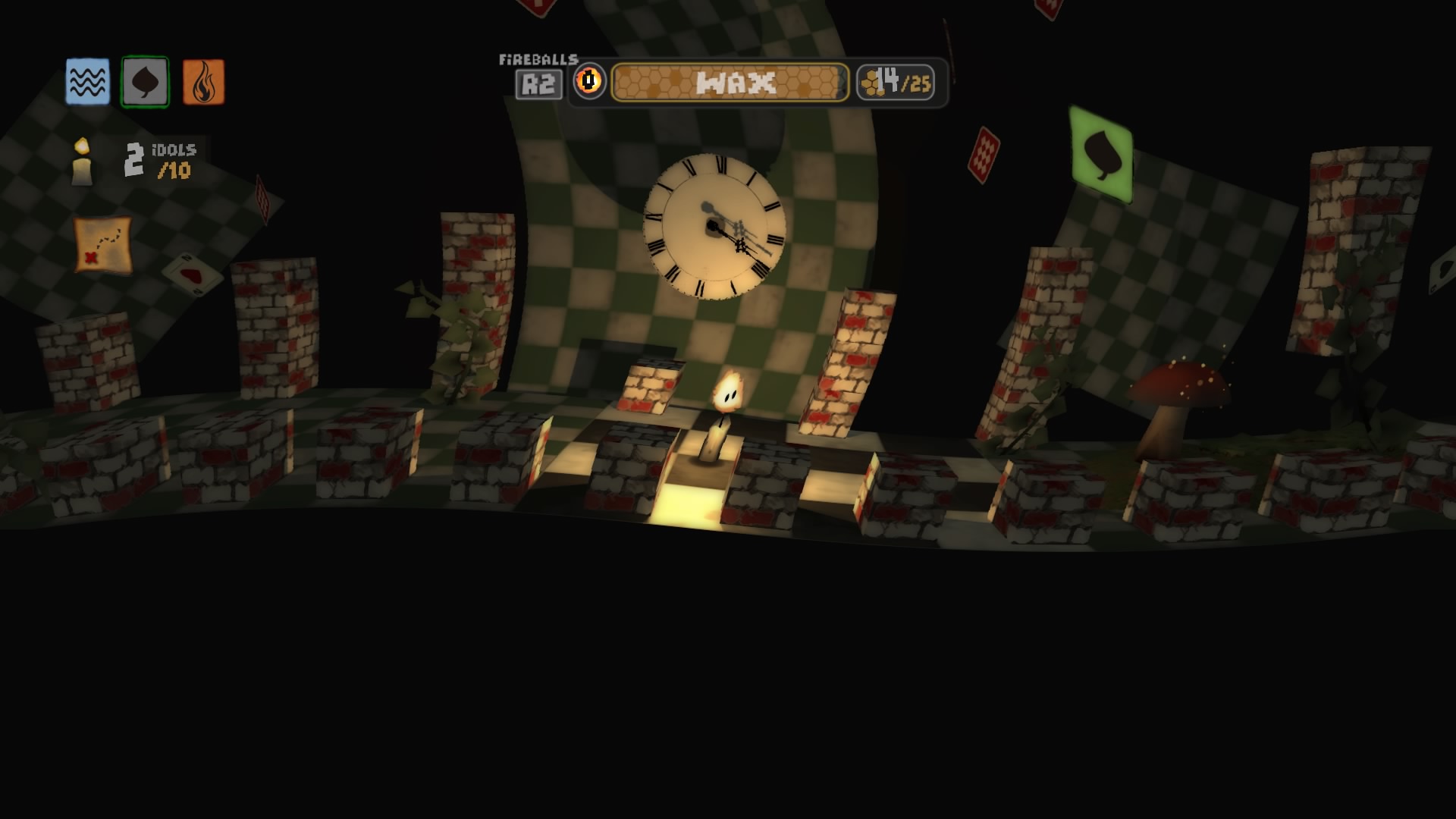
-
Candlelight Review
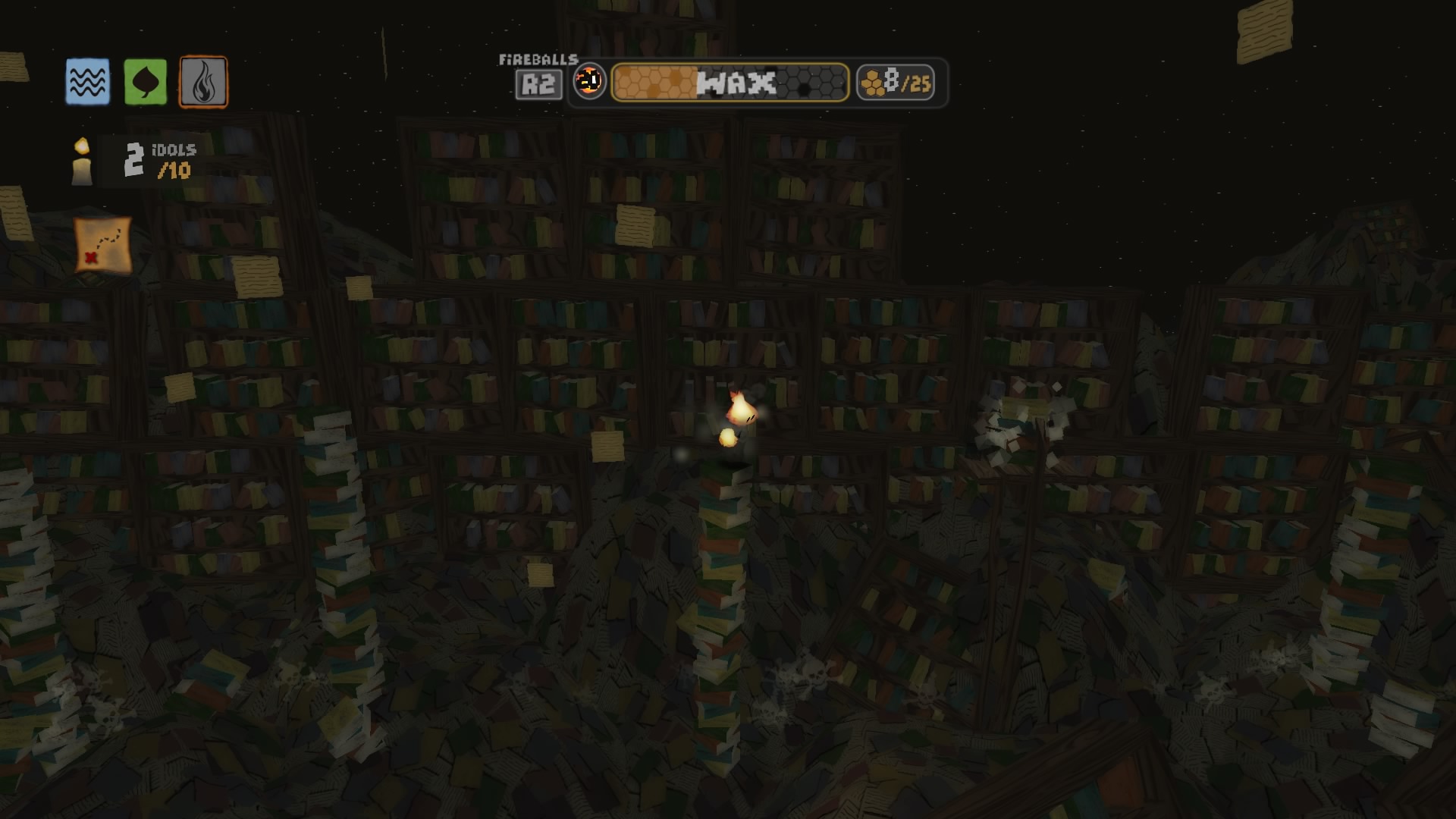
-
Candlelight Review
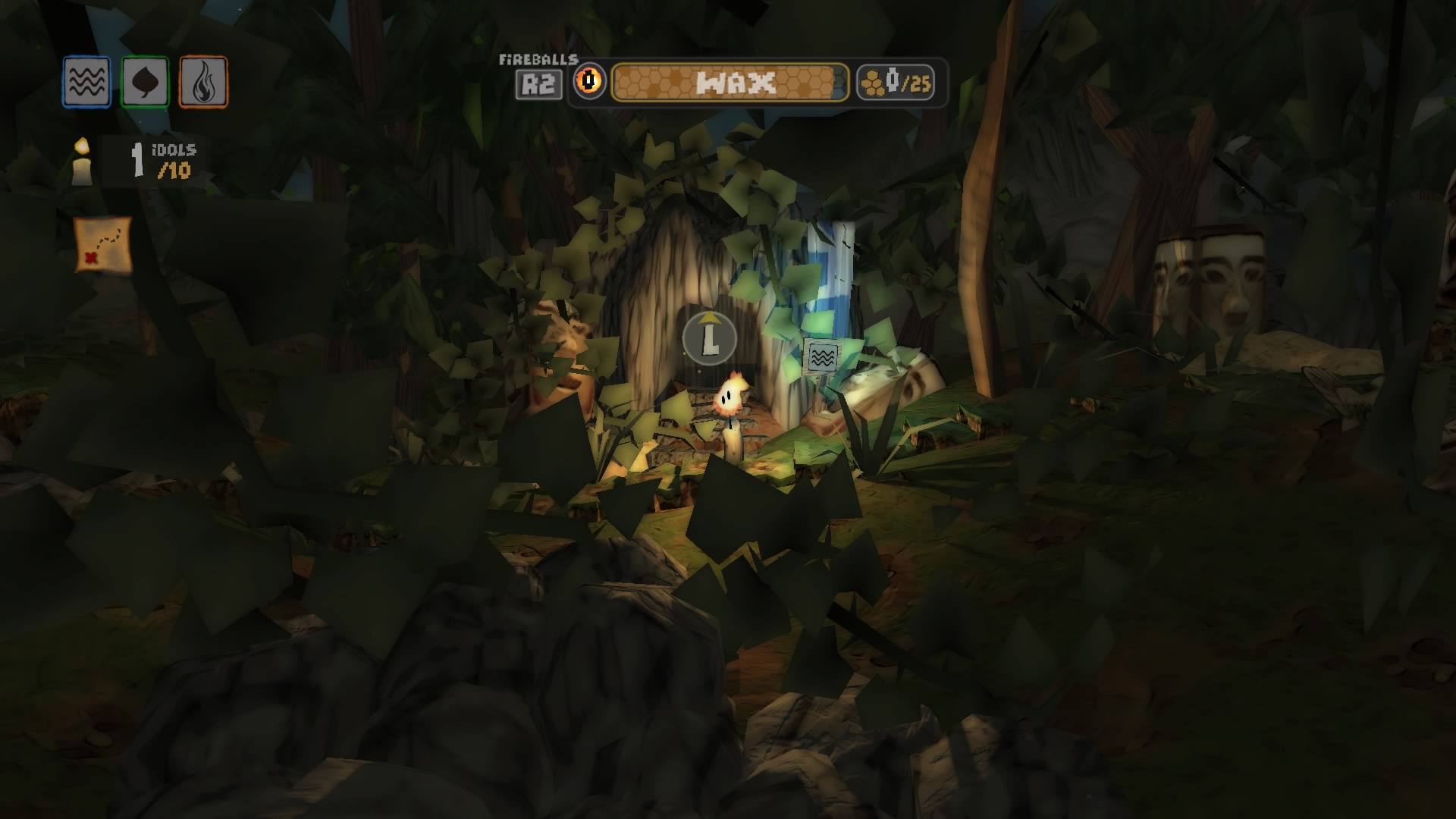
-
Candlelight Review
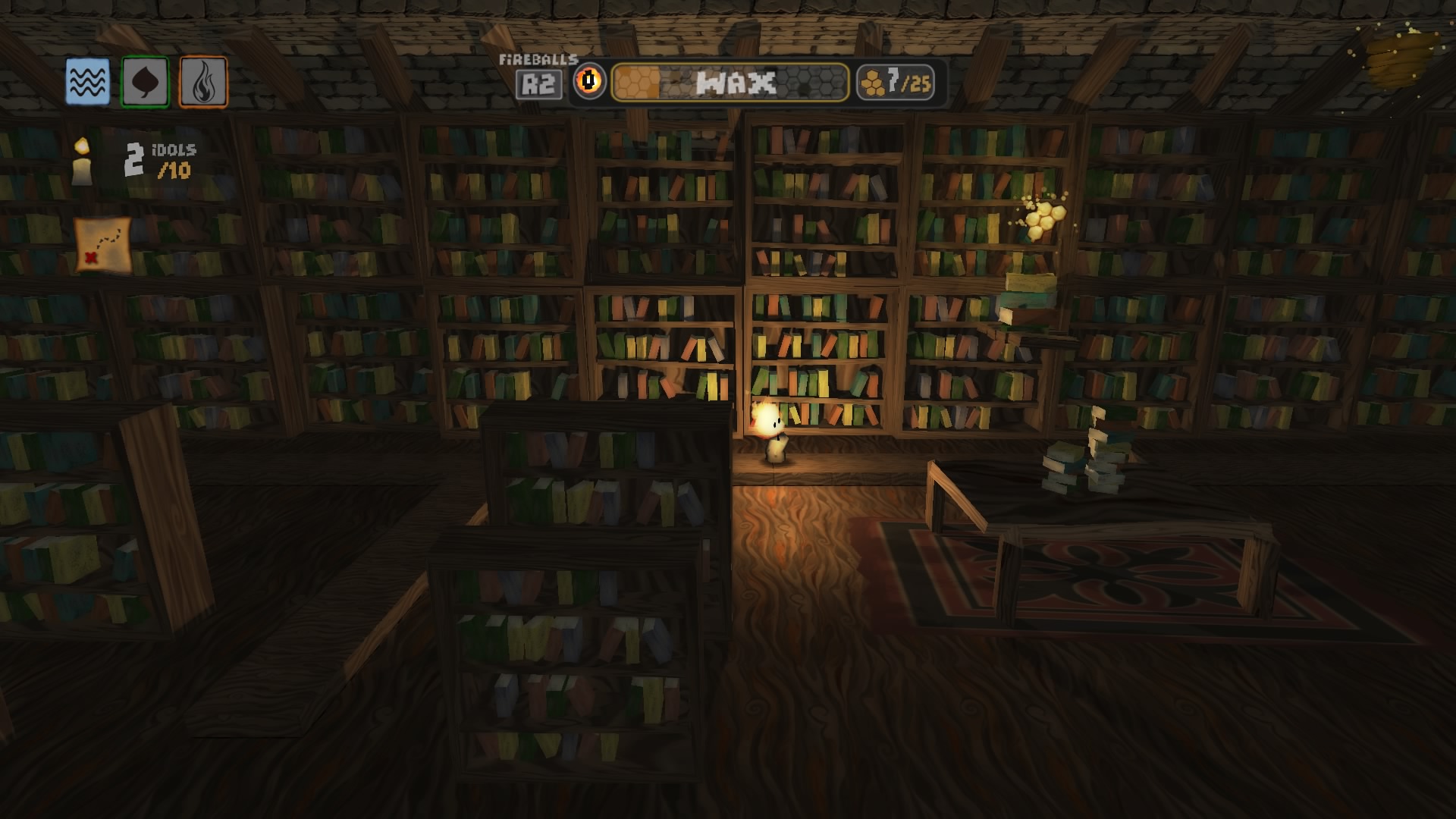
-
Candlelight Review
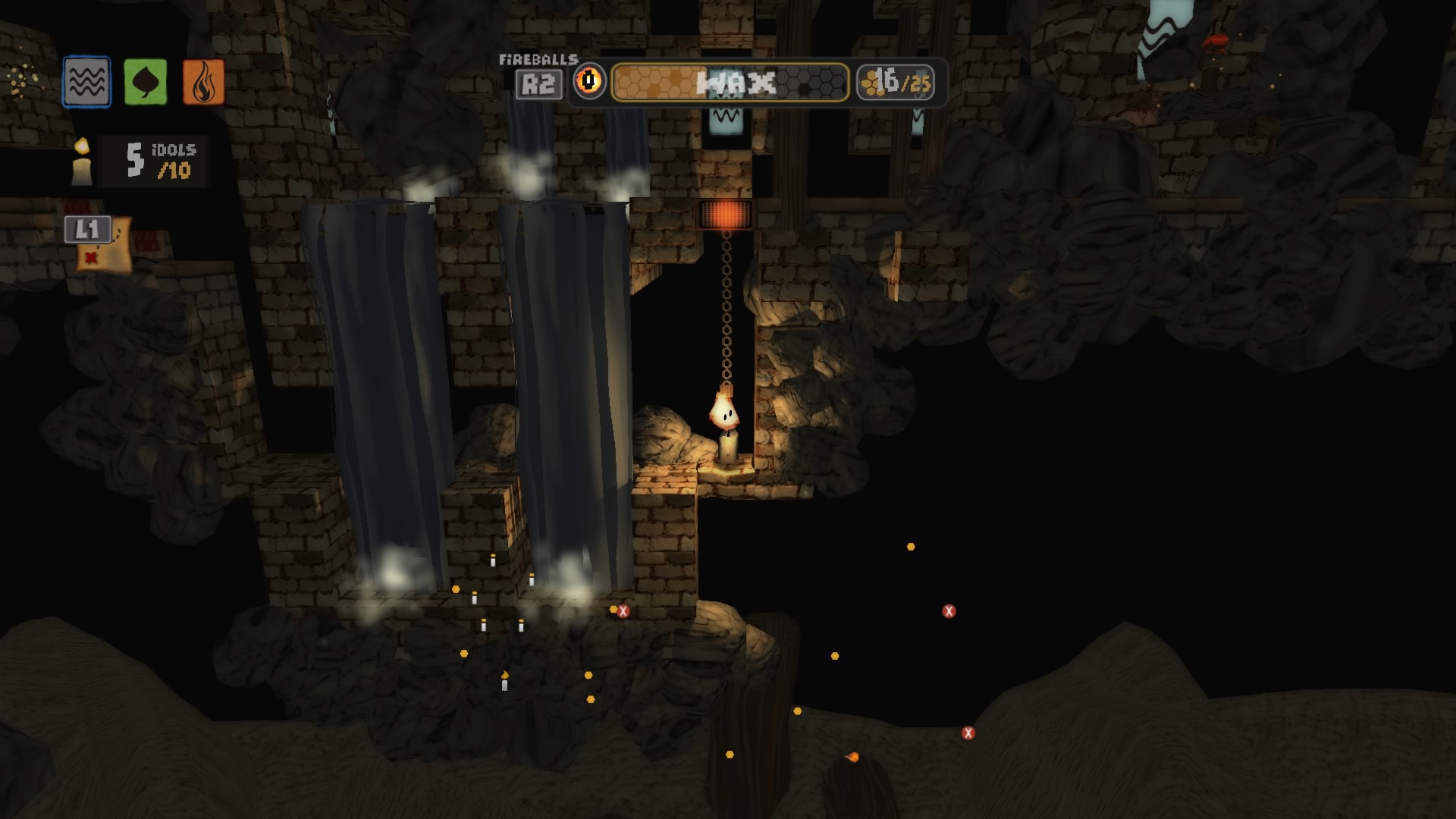
-
Candlelight Review
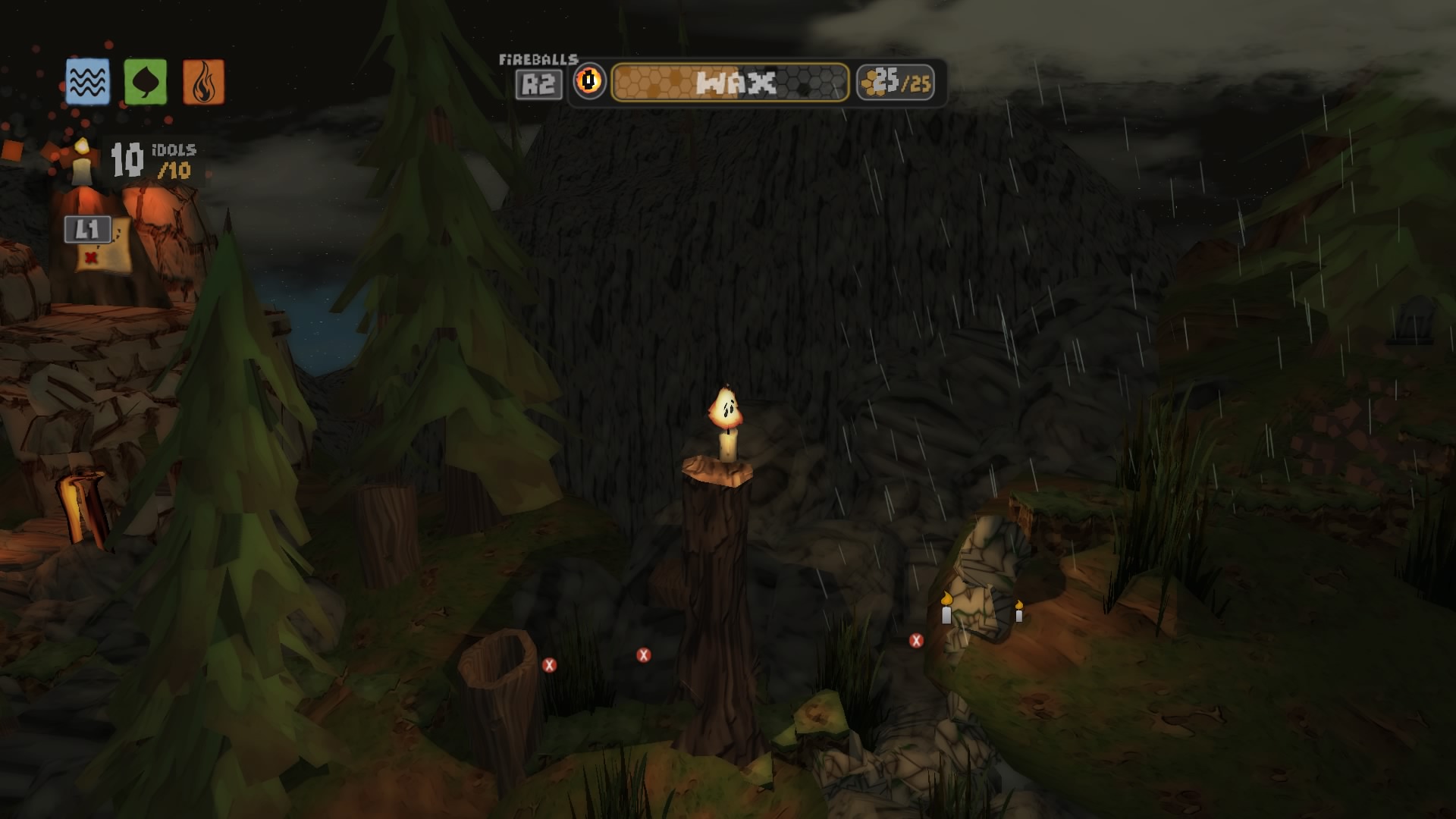
-
Candlelight Review
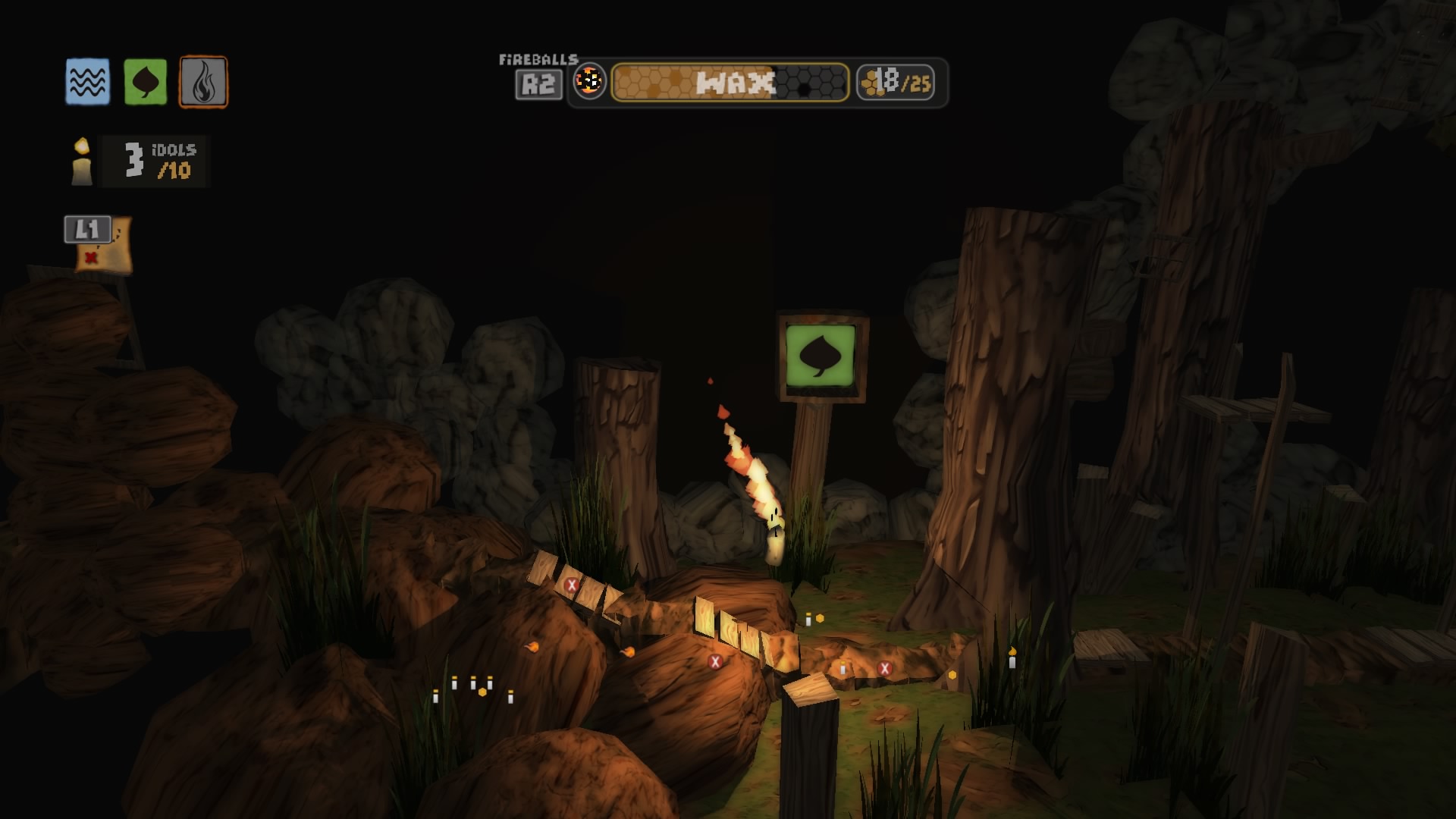
-
Candlelight Review
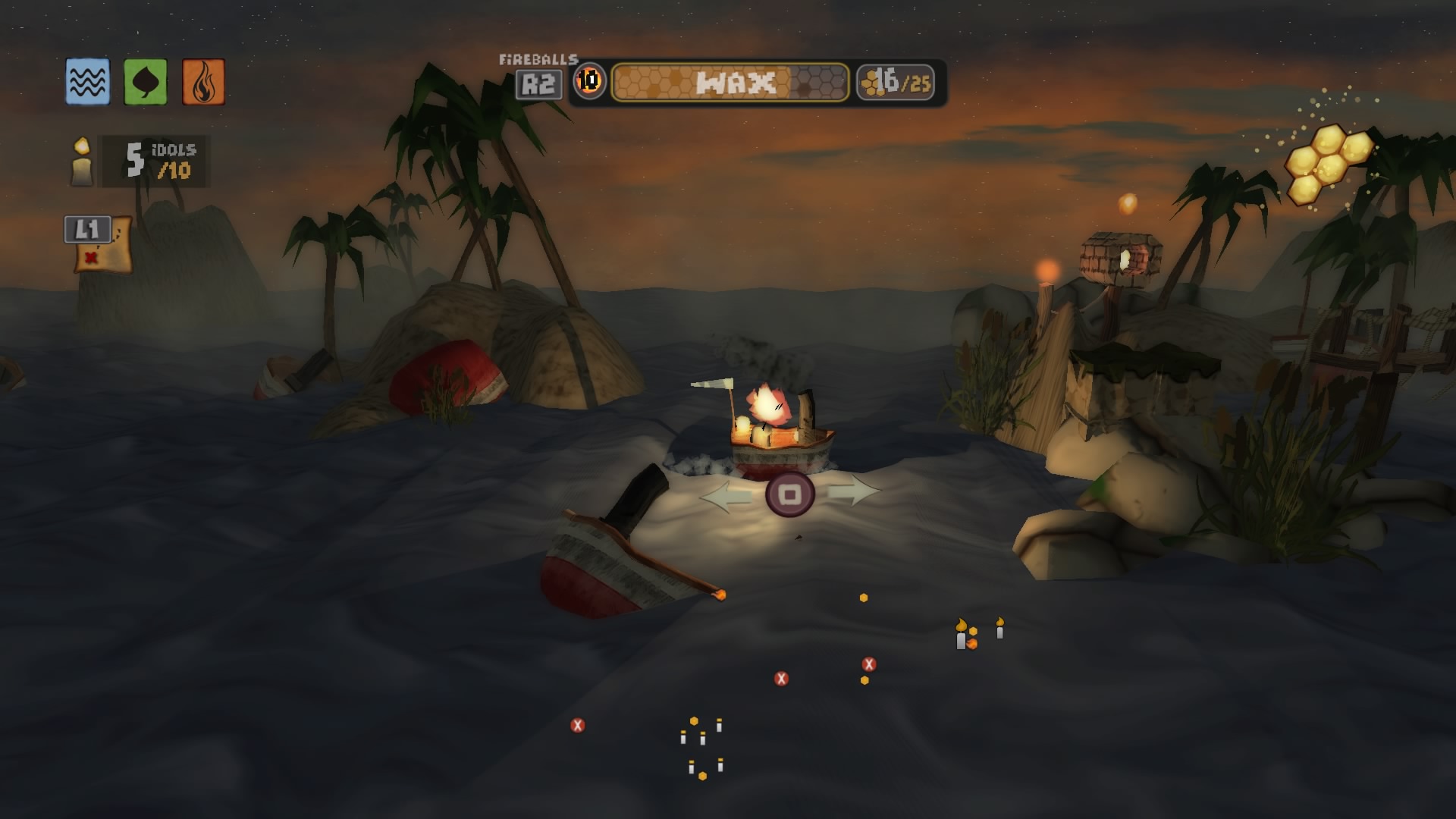
-
Candlelight Review
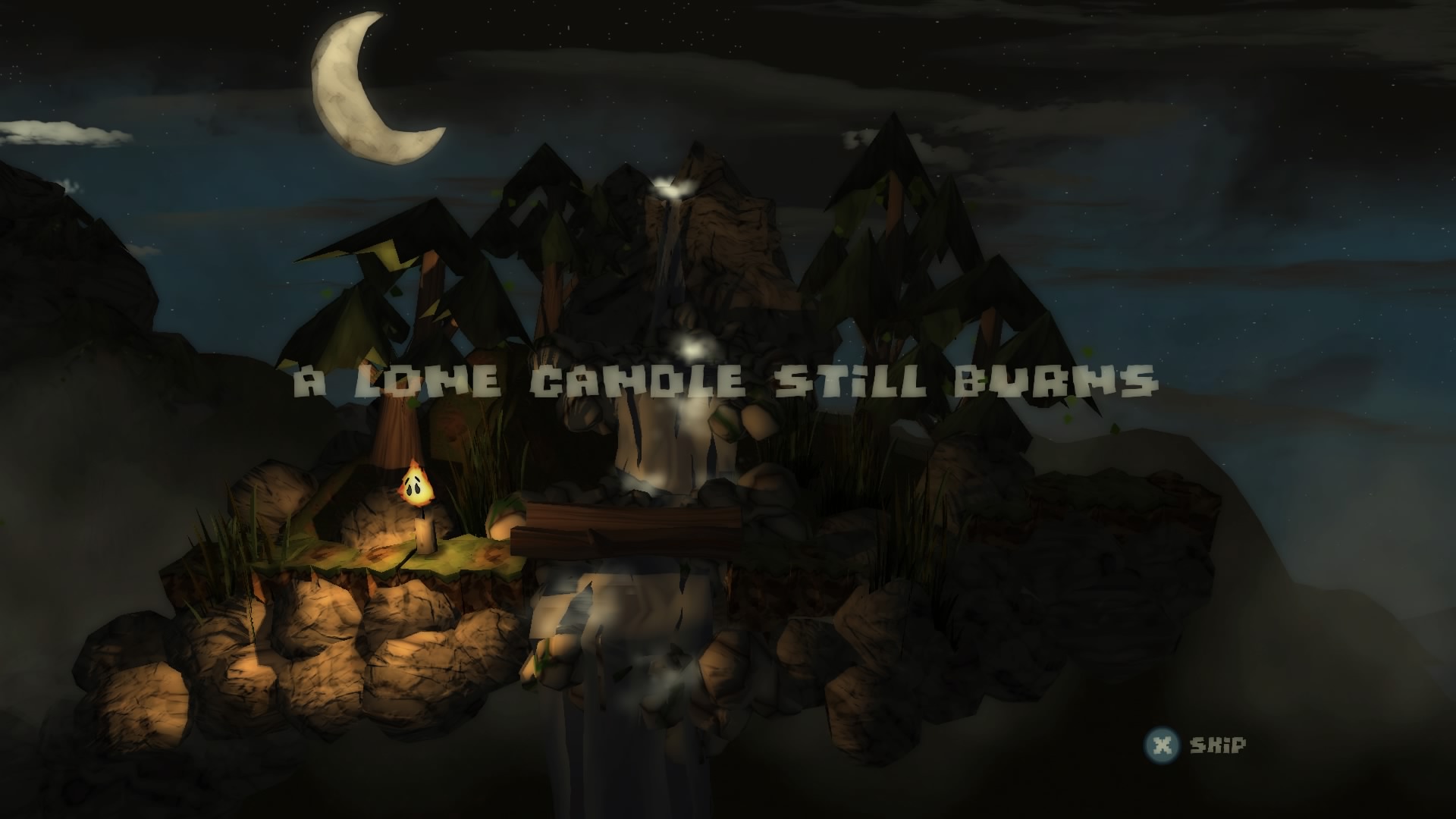
-
Candlelight Review
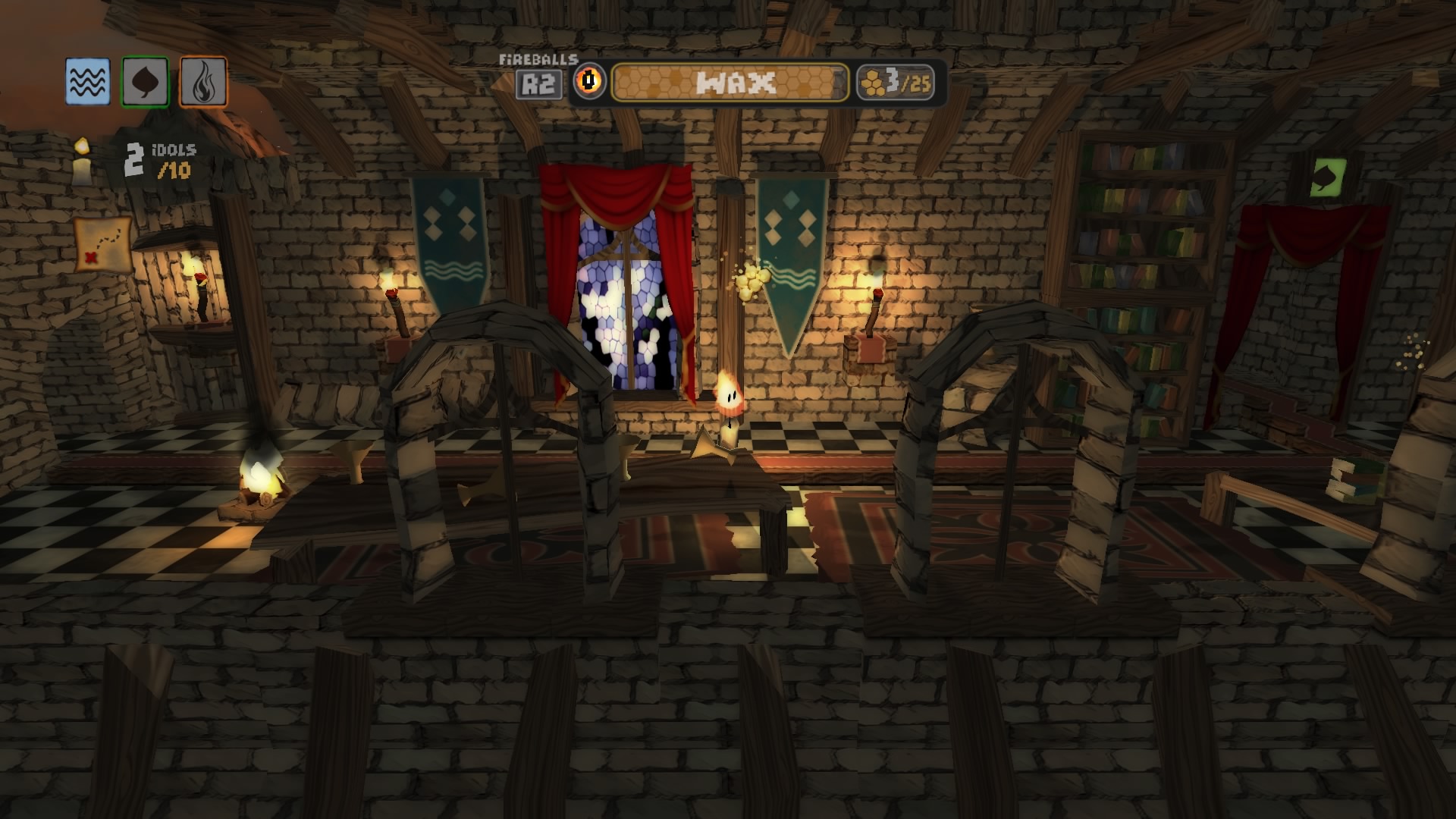
-
Candlelight Review
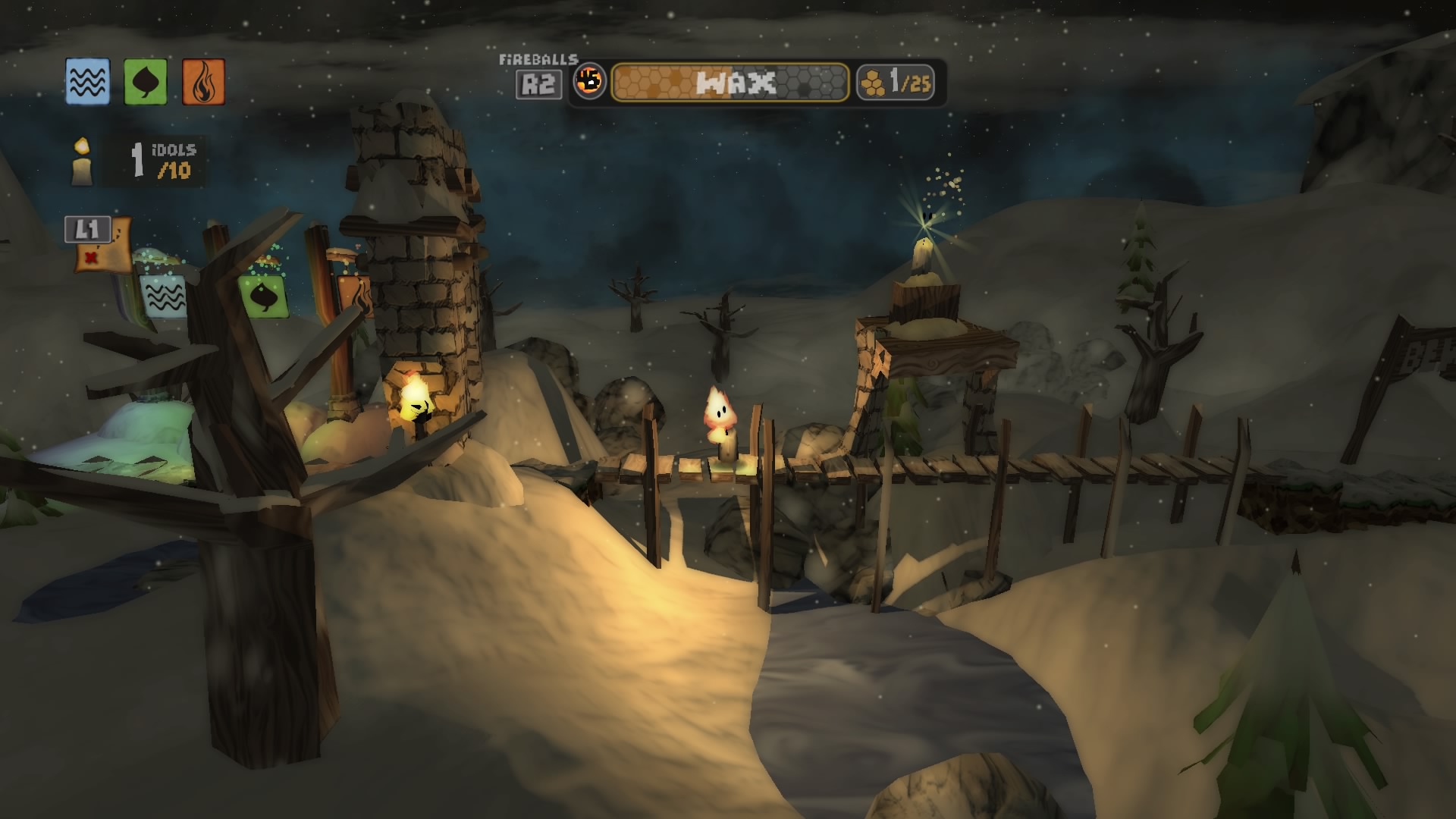
-
Candlelight Review
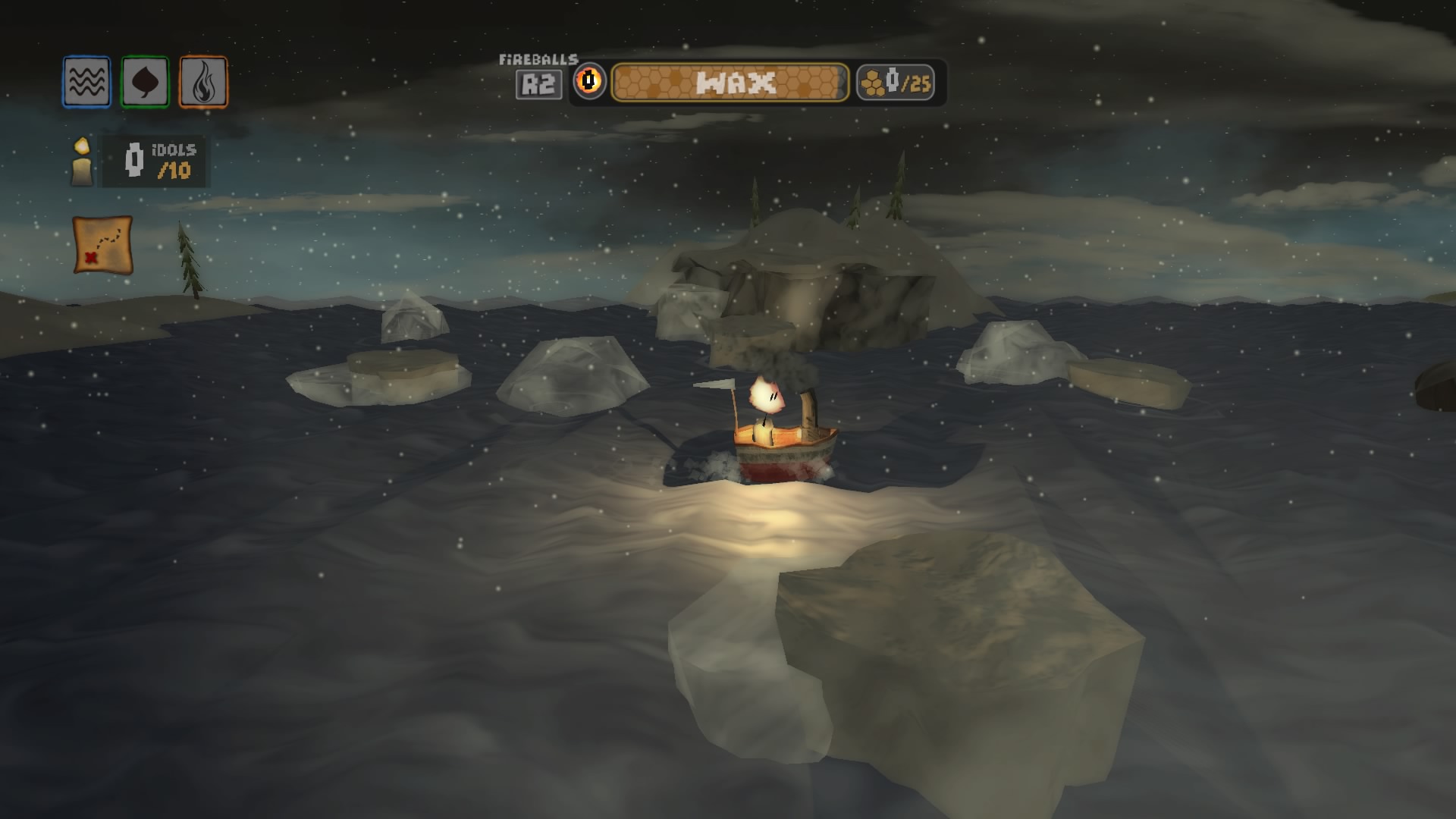
-
Candlelight Review
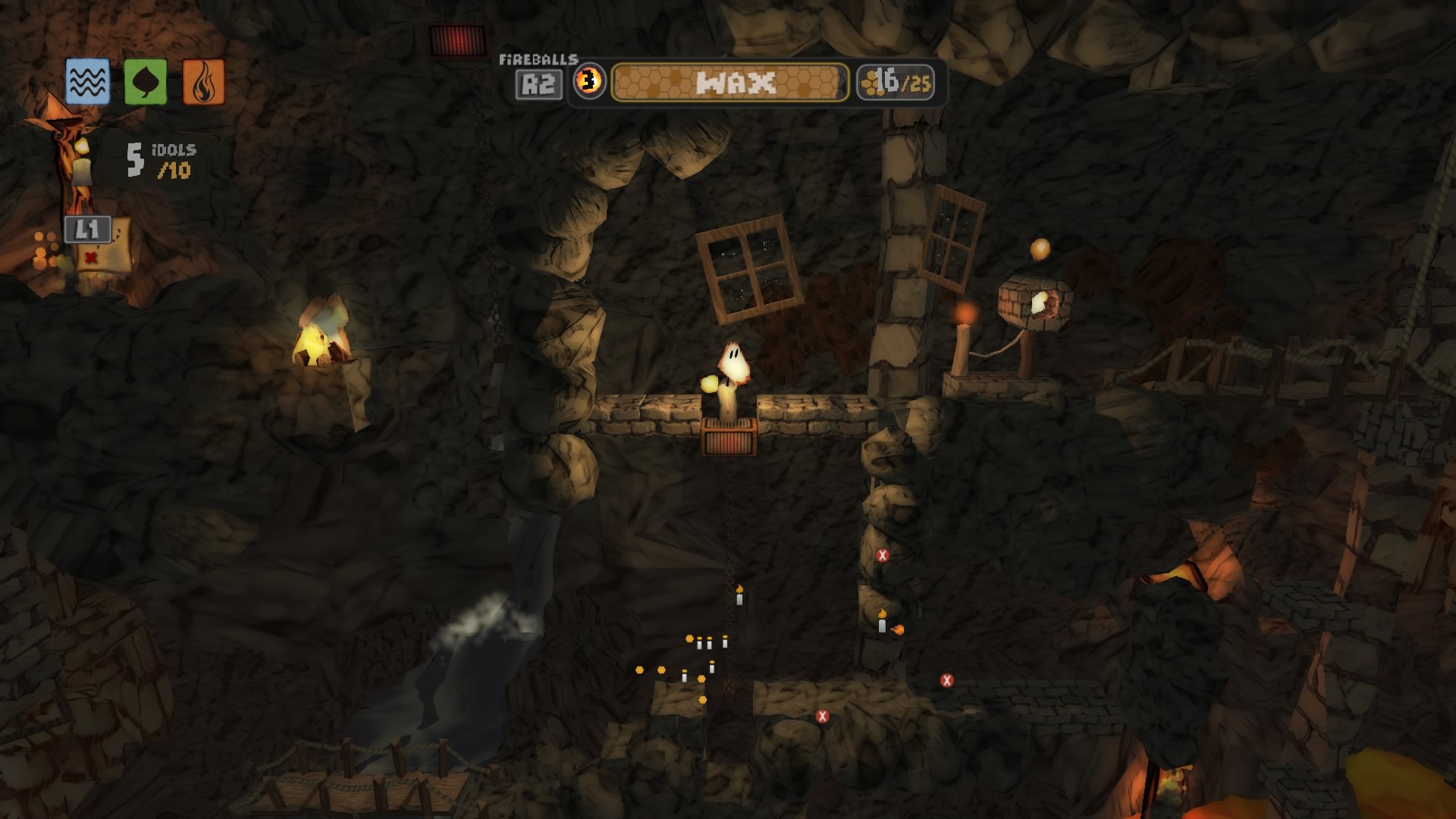
-
Candlelight Review
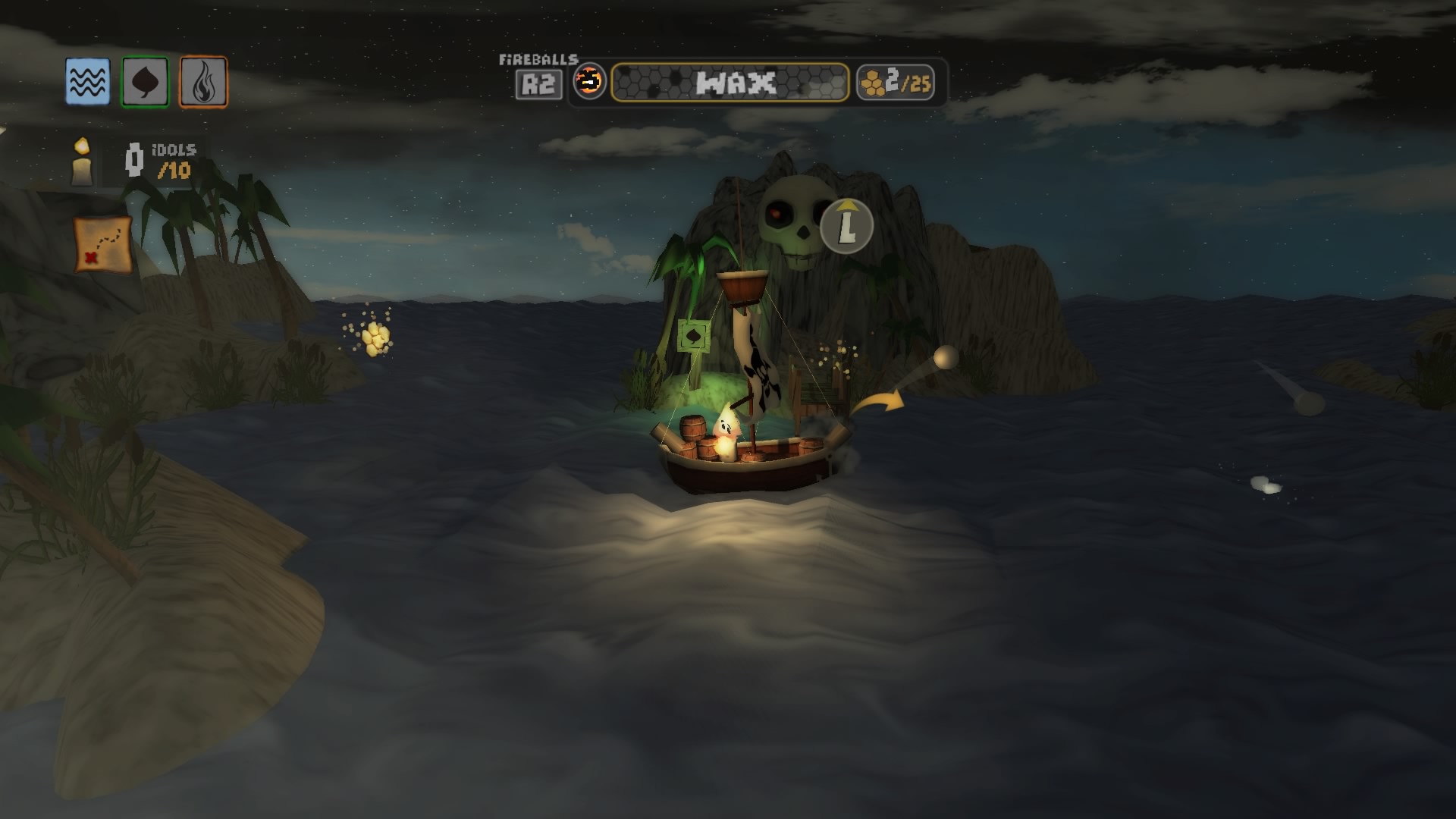
-
Candlelight Review
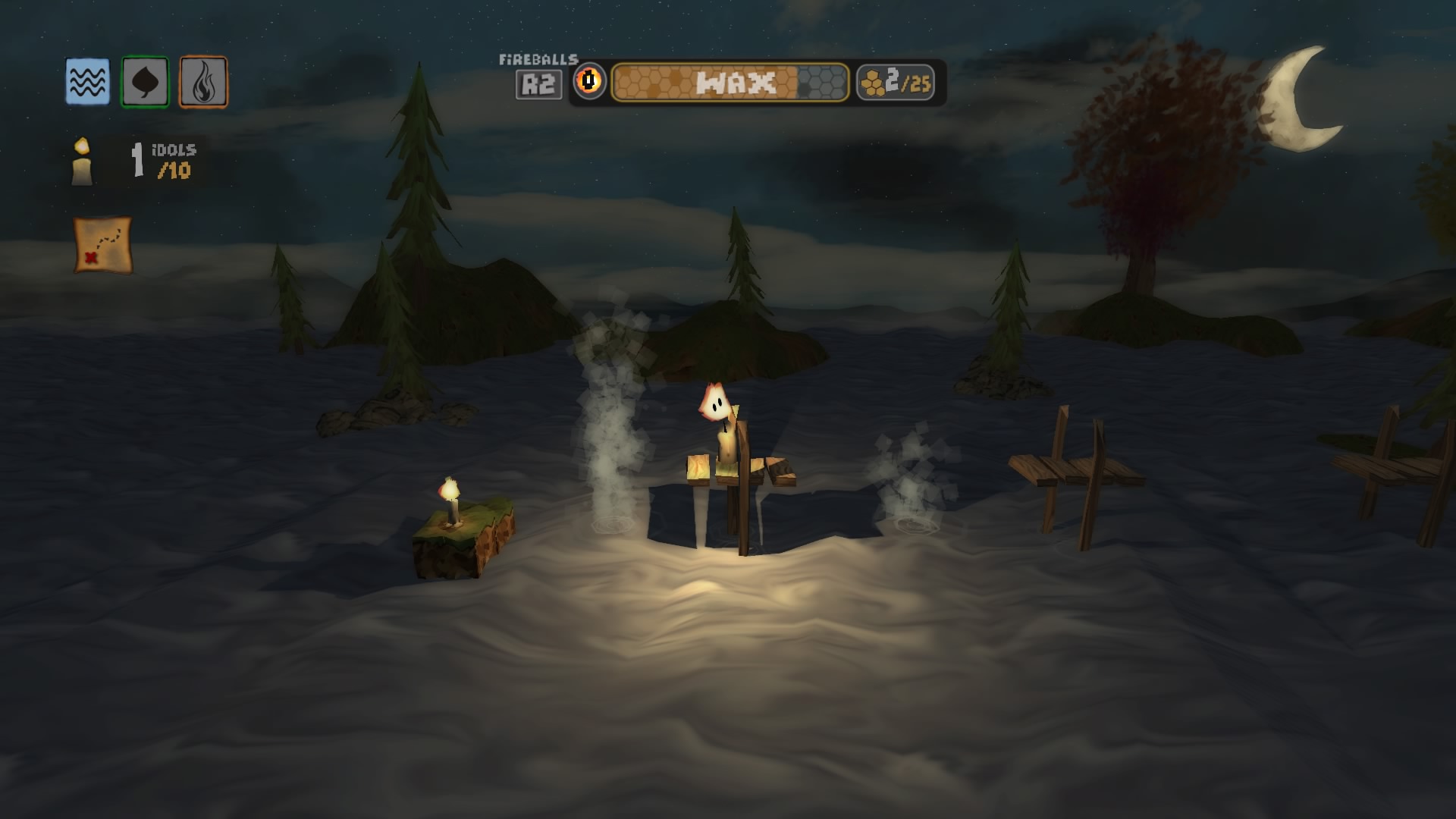
-
Candlelight Review

-
Candlelight Review
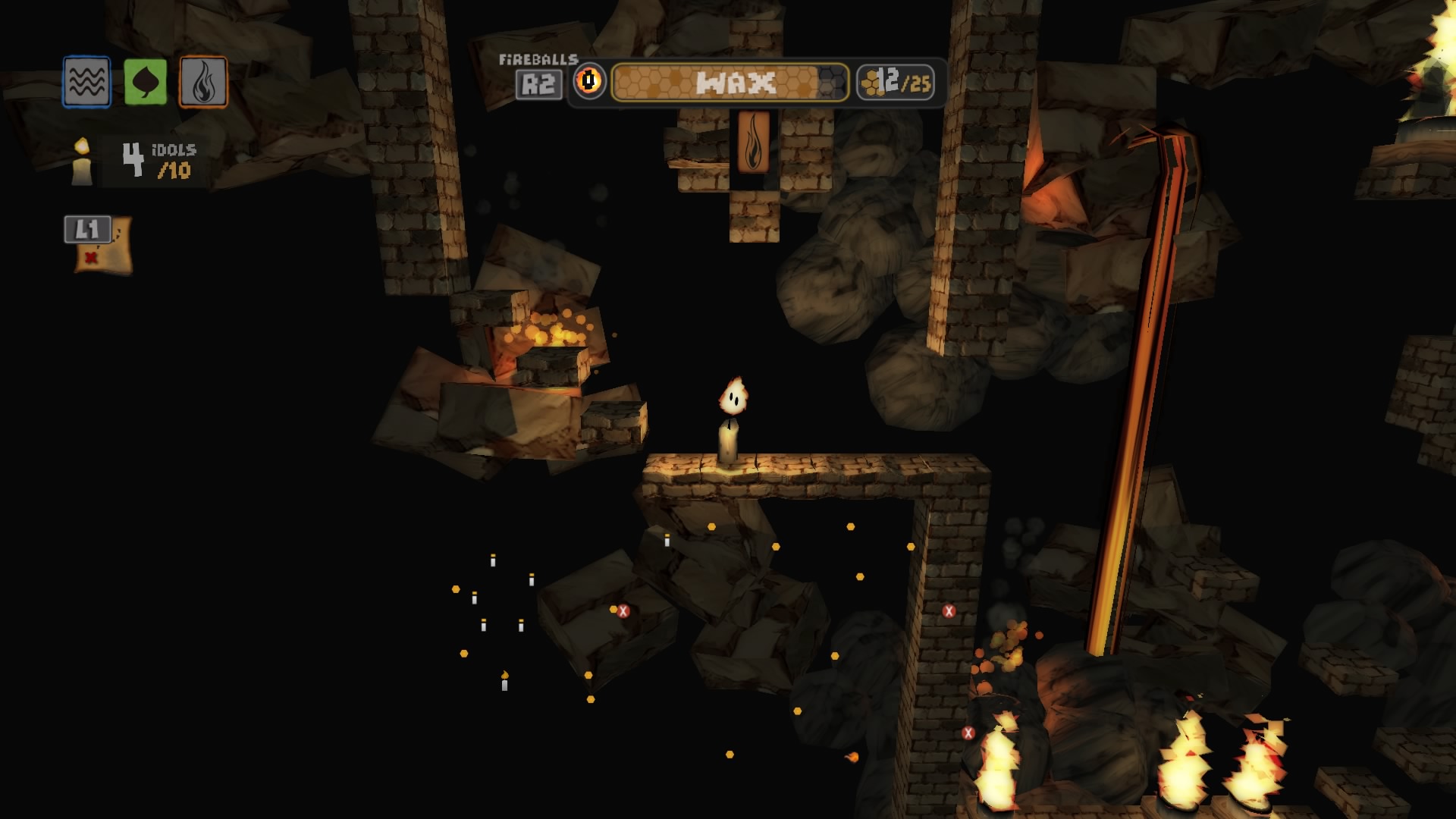
-
Candlelight Review
